Apothecaries, also known as medicine chests, featuring numerous pullout drawers, were utilized during the Middle Ages in both Europe and the Far East by predecessors of our modern pharmacists.
The exact origins of medicine usage in Korea remain unknown; nevertheless, since ancient times, there was a necessity to classify and store the materials required for medicinal concoctions to prevent them from mixing with one another.
Larger chests were frequently wall-mounted in shops, while smaller, rarer pieces were employed in the homes of affluent individuals. Throughout Asia, traditional medicine incorporated various herbs, roots, mushrooms, and natural ingredients, which, once dried, were stored within these drawers. Each drawer was further divided into one to three compartments, as a substantial quantity of medicinal materials required proper organization. Consequently, it was crucial to label the names of the medicines on the surface of each drawer.
The defining characteristic of a medicine cabinet is its numerous drawers. Some cabinets have as few as 20 to 30 drawers, while others can have as many as 150 to 200. Typically, a cabinet will have about 50 to 70 drawers. Each drawer is divided into 1 to 3 compartments.
Doctors labeled each of the multiple drawers with the names of herbs and medicines. Even in Korea, most labels were using Chinese characters. The lower drawers are usually a little larger than the upper drawers, which hold herbs that are more commonly used. Also, in the same medicine cabinet, there is a door that can be locked at the bottom and a small drawer is placed inside it. It is usually locked because it stores rare medicine or poisons.
Wood is very versatile. Fruit trees such as paulownia, zelkova, fig tree, pine, maple, willow, persimmon, chestnut, jujube, pear, ginkgo, and walnut were used as materials. Among these, the most commonly used were pine, which is the most readily available in the vicinity, and paulownia, which is a high-quality wood.
Paulownia, known for its light, fine, and warp-resistant wood, was often used to make entire medicine cabinets. However, in many cases, only the front of the drawer was made from harder woods like zelkova, jujube, persimmon, or Japanese maple, which are resistant to pests and moisture. Additionally, the upper class not only considered practicality but also emphasized decoration, enhancing the visual appeal of the exterior by skillfully combining the beautiful grain patterns of paulownia or persimmon woods.
In Korea, these chests were called “Yak Jang”,약장 Yak meaning medicine and Jang for chest. Illustrations for this album show different types of furniture. Original pieces, widely restored pieces and reproduction pieces.
Featured image (Top of the post): Medicine chest. 19th century. H. 97,7cm, W. 87cm, D. 42,2cm.
Collection Sookmyung University, Seoul, Korea.
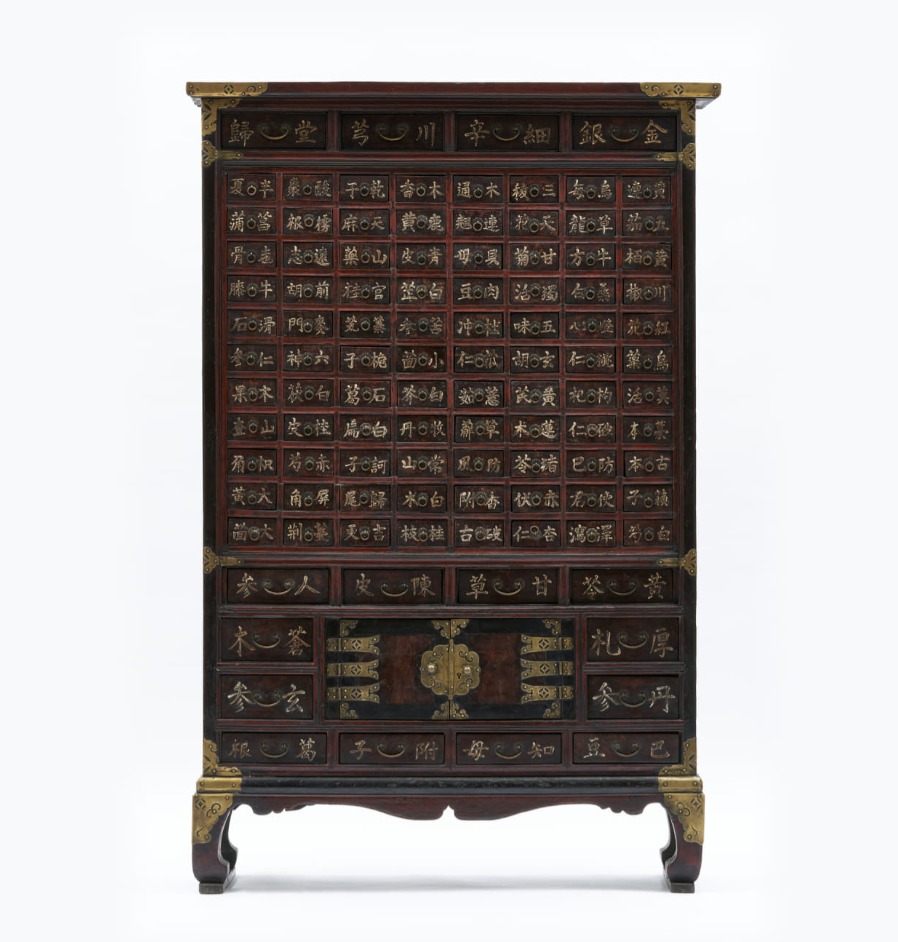
This large medicine cabinet is made of zelkova and paulownia woods with yellow brass fittings. Dimension is: H. 148,5cm, W. 98,2cm, D. 29cm. It is dated 19th century from Gyeonggi province. In order to store various herbs, this medicine cabinet has a total of 110 drawers with a swing door at the bottom center attached to the chest by swallowtails hinges. The name of the herbal medicine is written in Chinese on each drawer. The top is made of a thick frame with inserted wooden boards. Such chests placed against a wall were usually shallow.

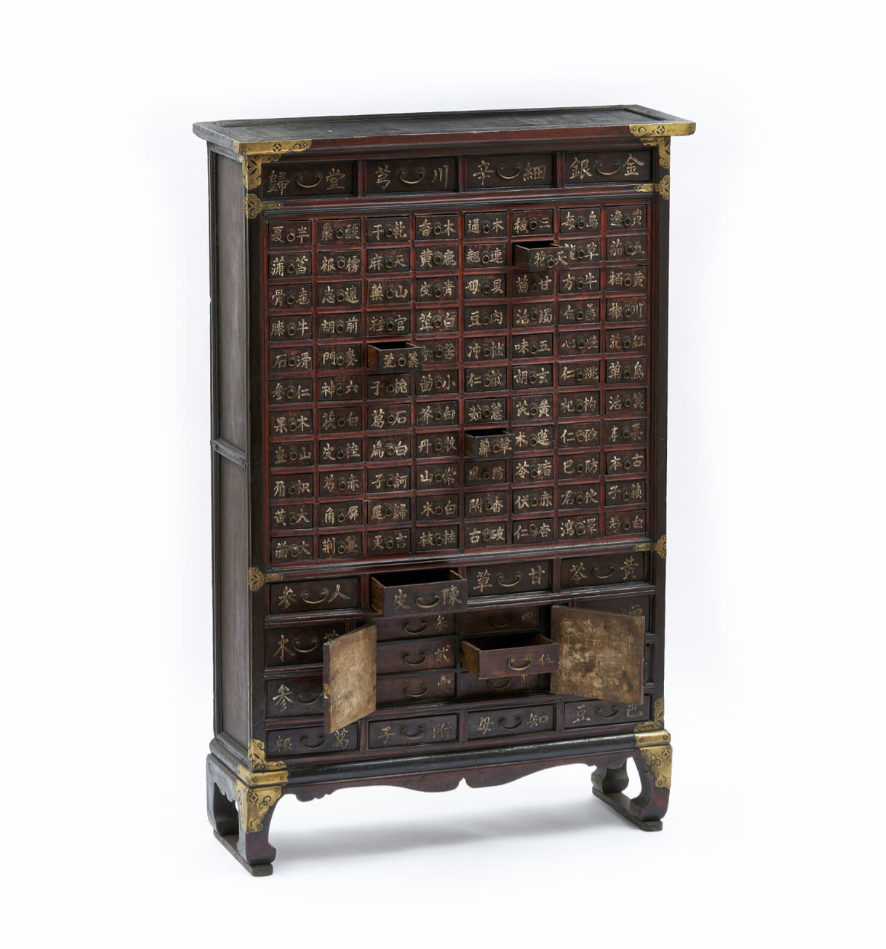

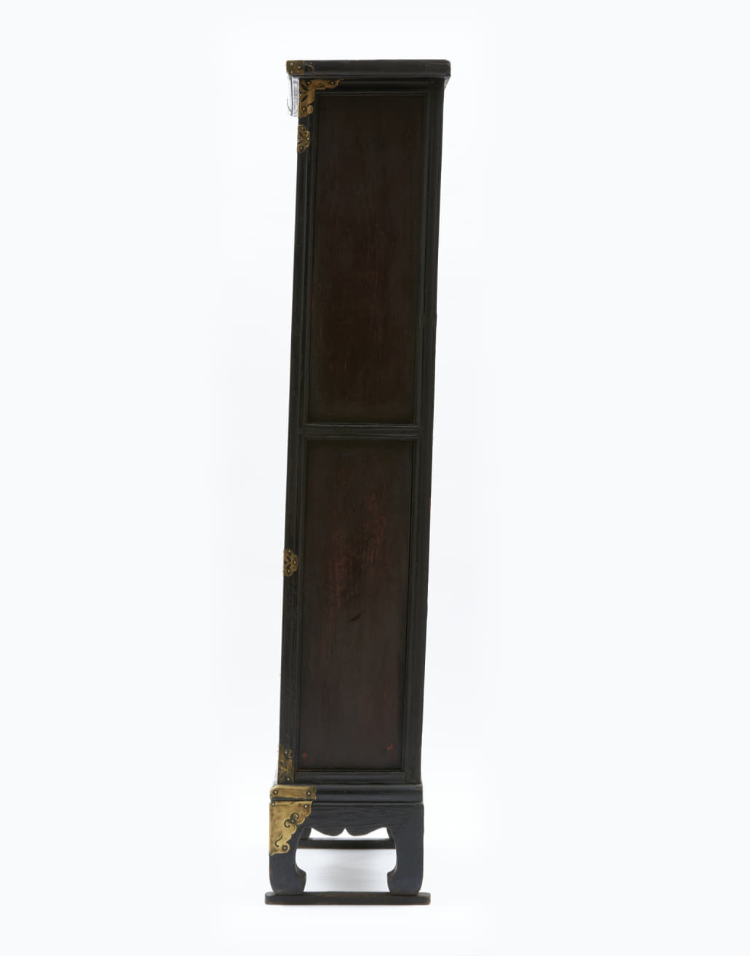

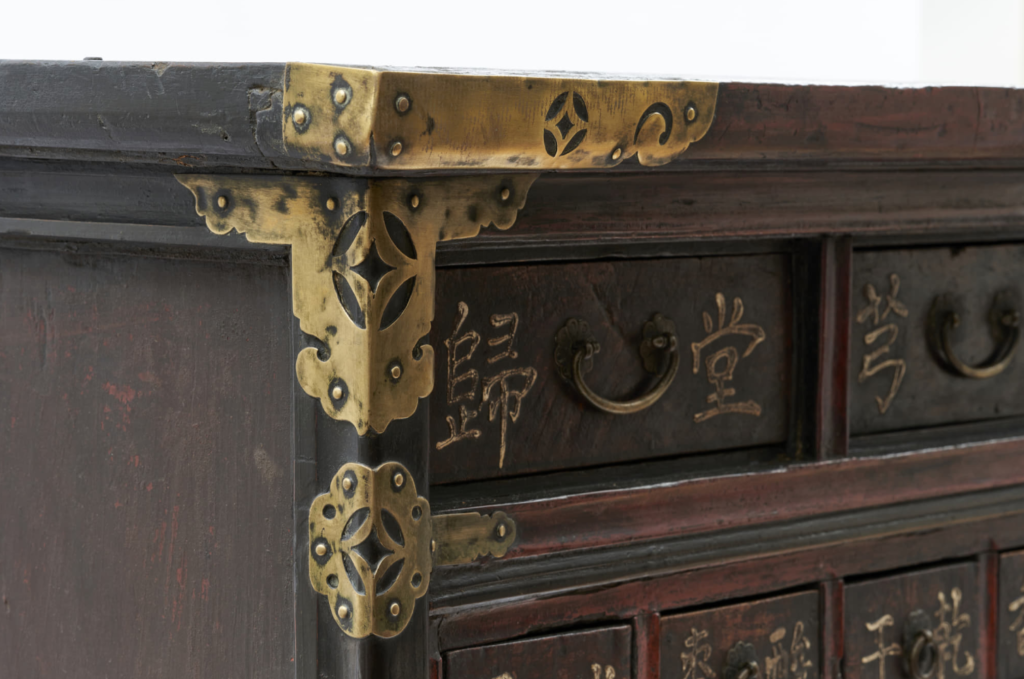

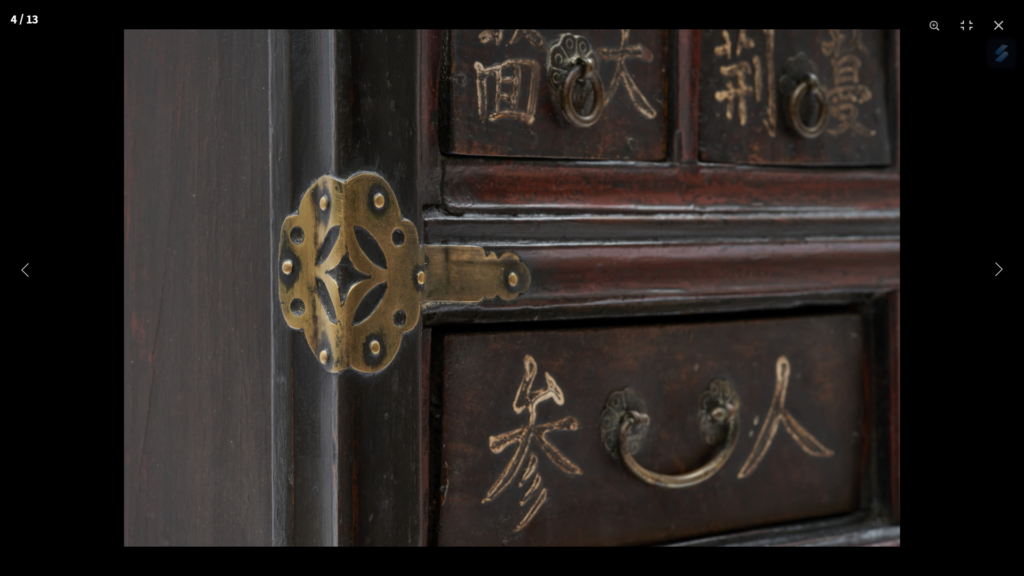
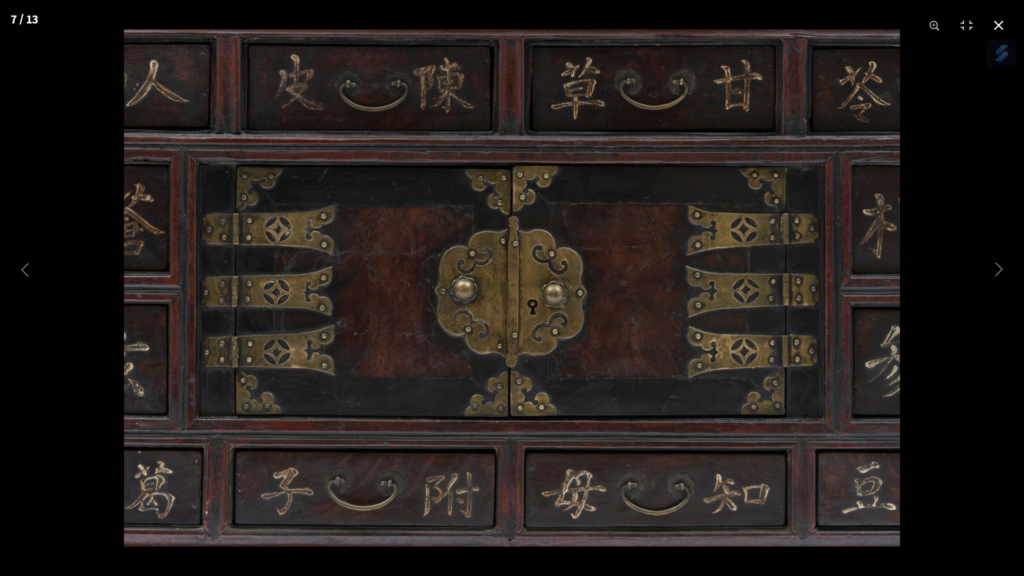

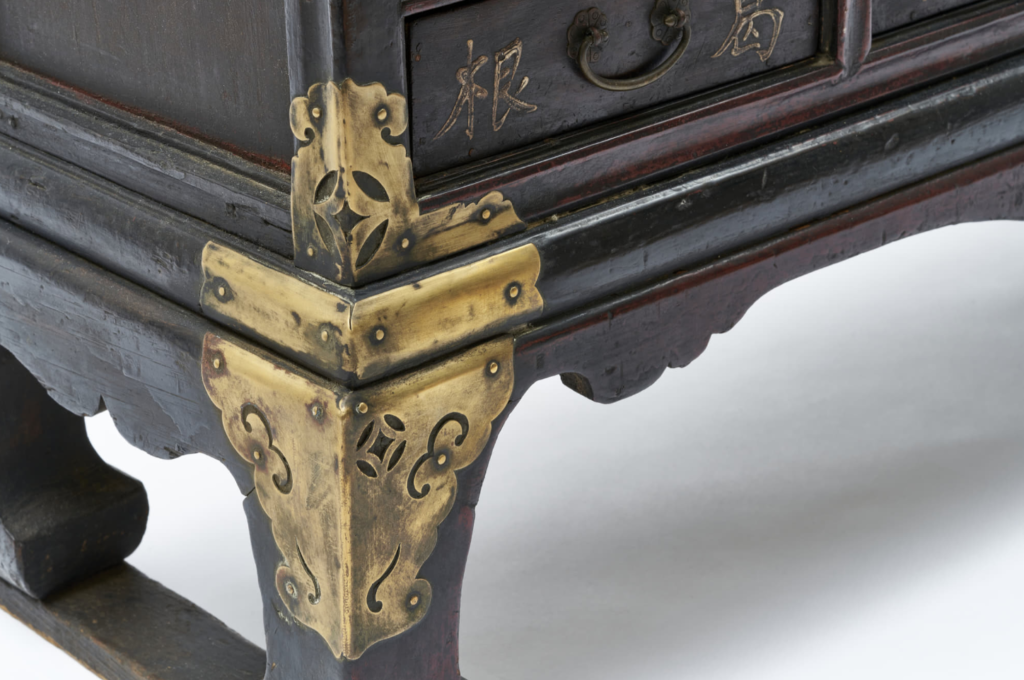
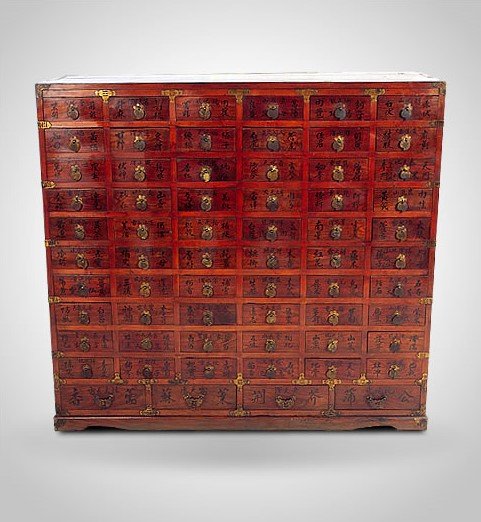

MEDICINE CHEST – YAK JANG
Elm & paulownia wood, yellow brass fittings, Kyonggi province, Korea.
H. 135cm, W. 114cm, D. 40cm.
Early 20th Century. Collection: “ANTIKASIA“
This chest is in its original condition with original yellow brass fittings. Chinese characters are painted on the drawers.
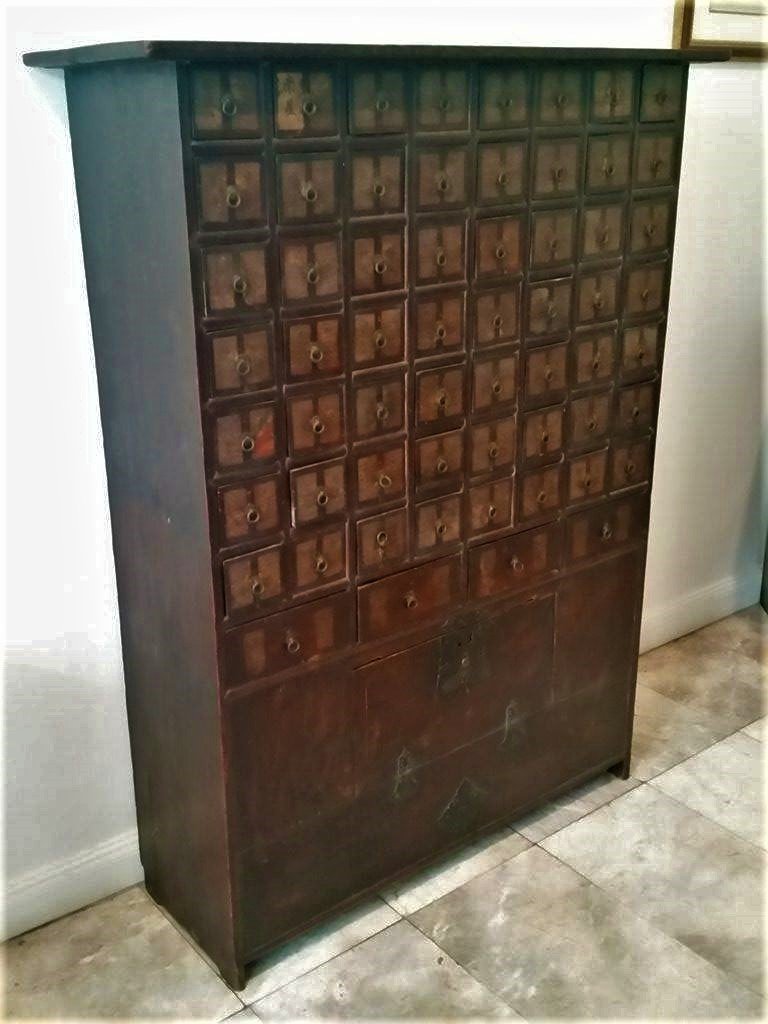
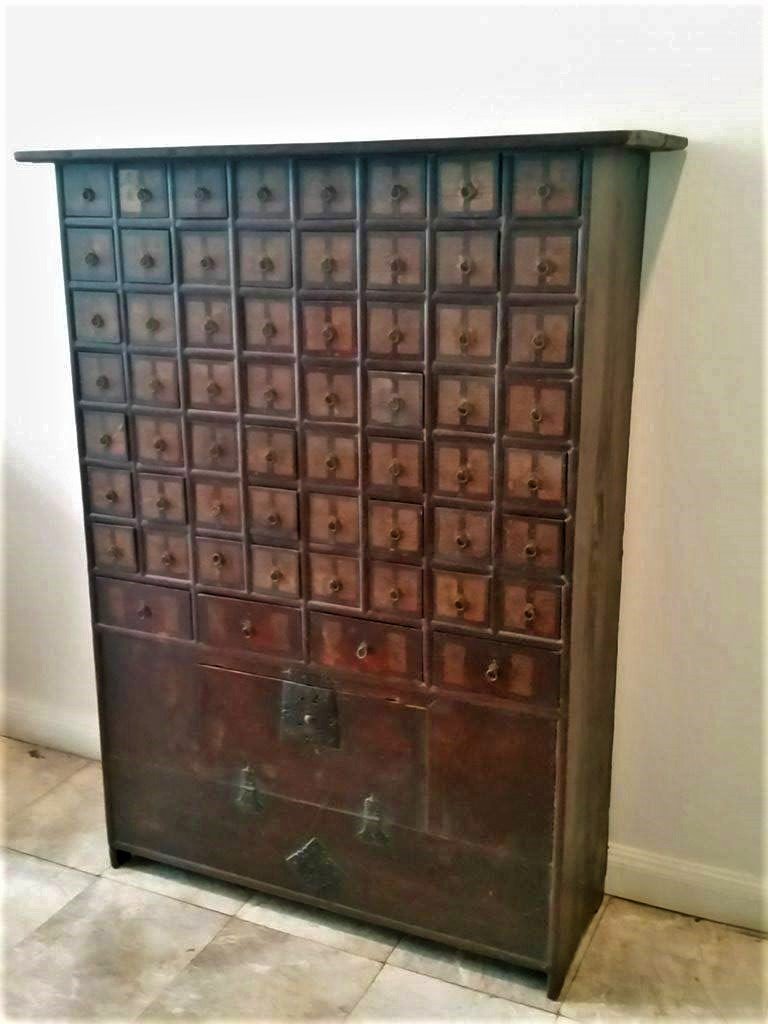
Medicine chest or “YAK JANG” in its original condition which is quite rare. Probably red pine wood. Provenance: Cholla province, Southern province. Mid to late 19th century. Korea. Private Collection
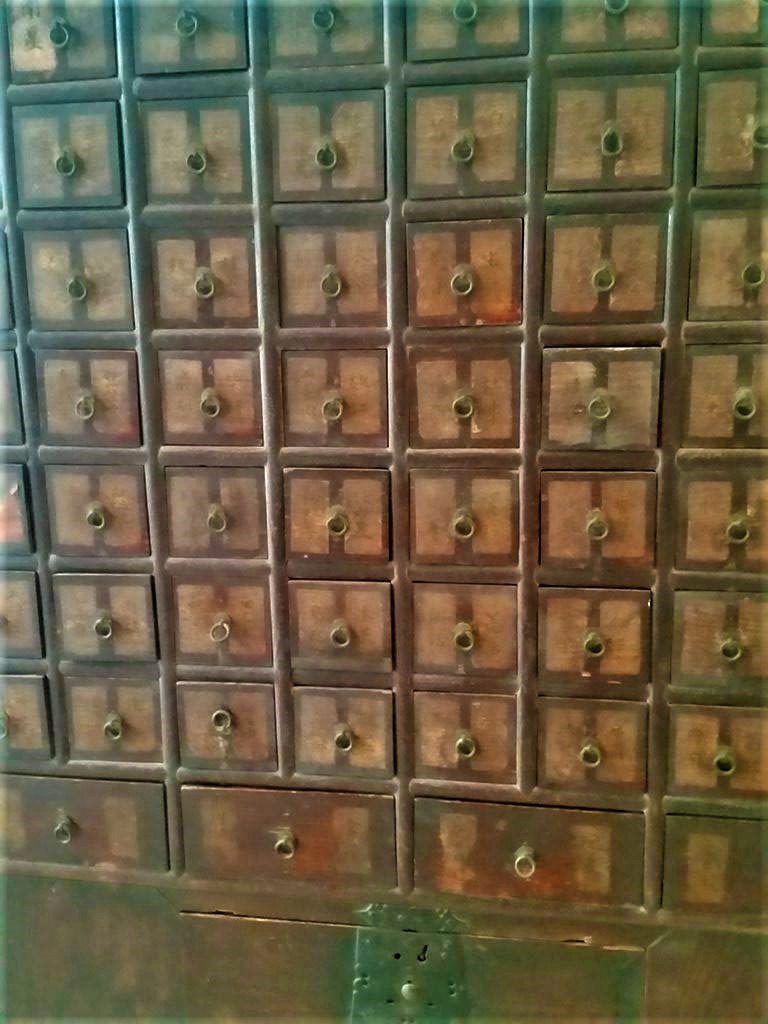
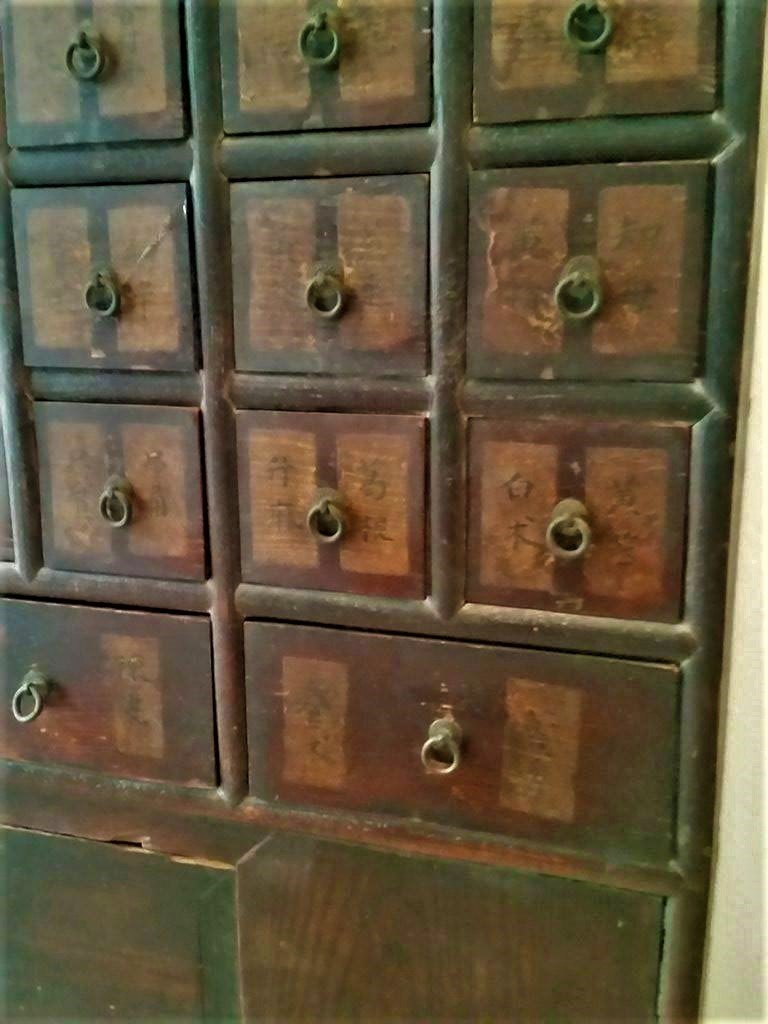
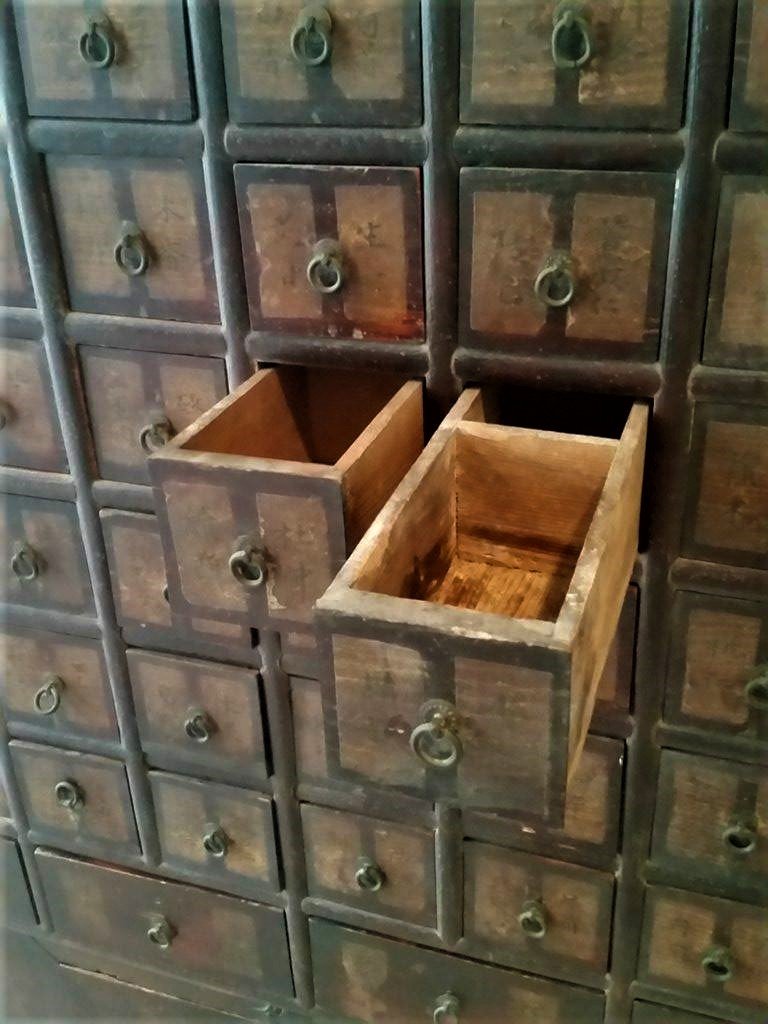
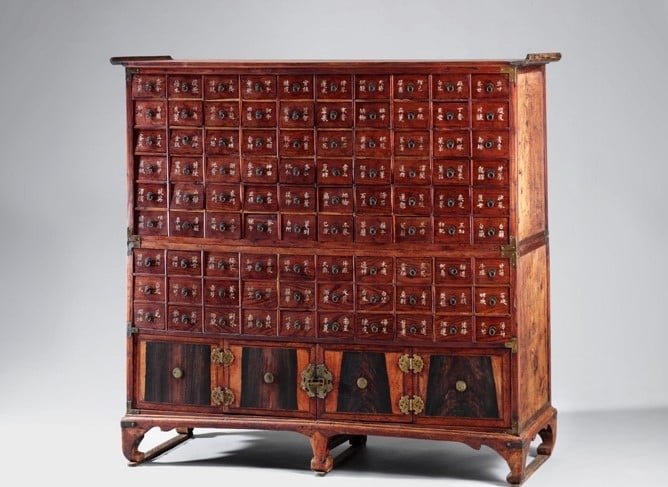
Collection: National Museum of Korea
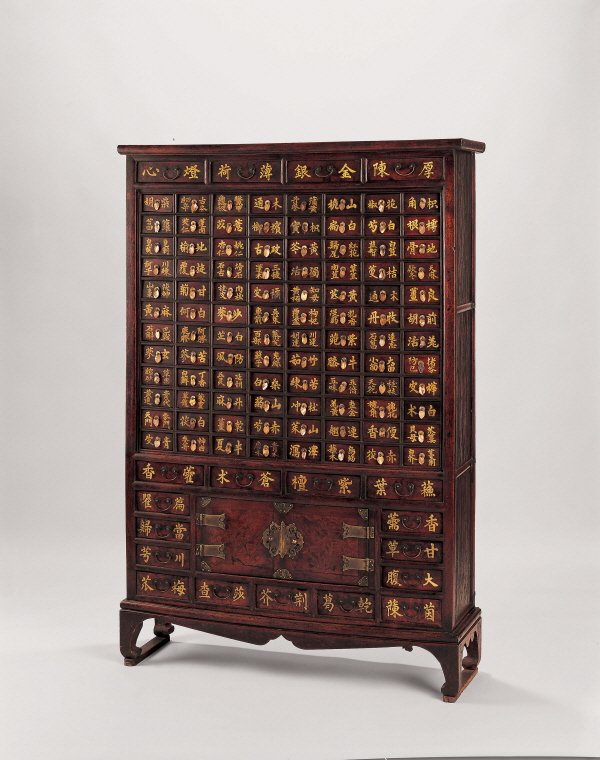
Collection Gyeonggi province Museum. The shape of the outer thread under the top plate and the base plate at the bottom of the medicine cabinet, wind hole, foot tube, and foot stand show the characteristics of the Gyeonggi medicine cabinet.
The aggregate and top plate are made of pine, and paulownia wood is used for the side panels, back plate and inside of drawers.
In the middle of the left and right side panels, two concave irons were placed, and the irons of the rear panels were treated with a straight line.
Overall, it is a two-tier structure, and at the bottom, a door plate was made like a wardrobe, and four drawers were separately placed in it.
In particular, all the handles of the drawers are decorated with abalone shells, which are very luxurious.
Judging from its sophisticated elegance, it is presumed to be for the royal court.
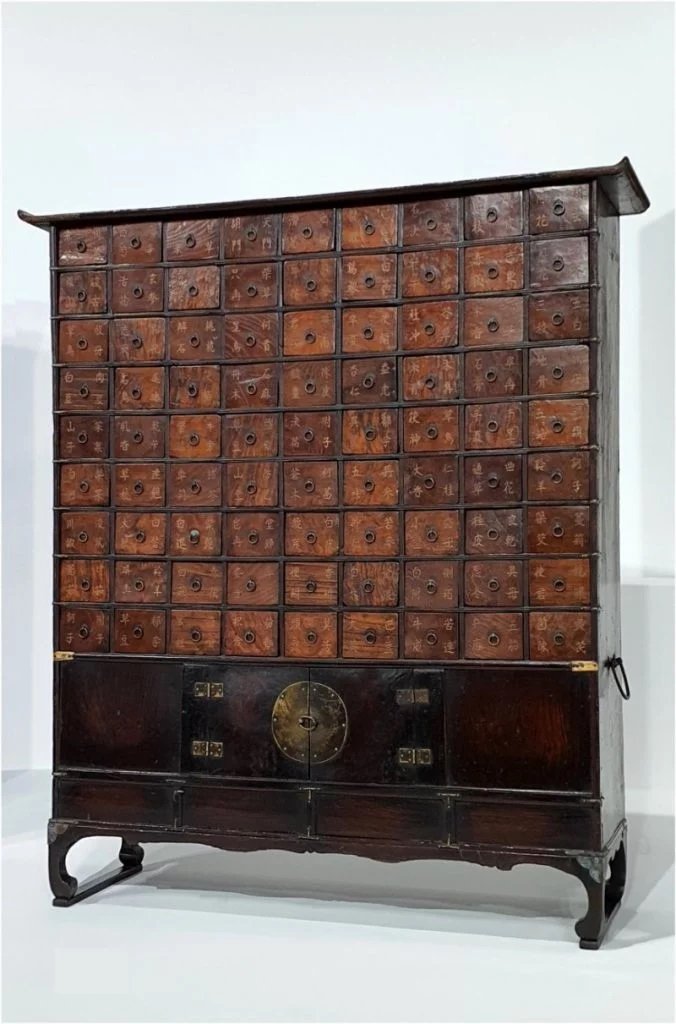
Date: Late 19th century, Joseon dynasty (1392 – 1910). Zelkova wood front drawers, Pine wood body.
H. 125 cm, W. 110 cm, D. 40 cm.
A chest of drawers designed for storing different medicines separately according to type. The front side consists of small drawers on the top and a multipurpose storage space on the bottom. There are a total of 81 drawers for storing medicine (9 rows by 9 columns). The ring attached in the middle of each drawer serves as a handle, and engraved to its left and right are characters indicating the medicine that belongs inside that drawer.
Collection: Busan metropolitan Museum, Korea.

Date: 1875-1910. Joseon dynasty (1392 – 1910).
H. 115.6 cm, W. 81.3 cm, D. 42.5 cm. San Francisco Asian Art Museum.
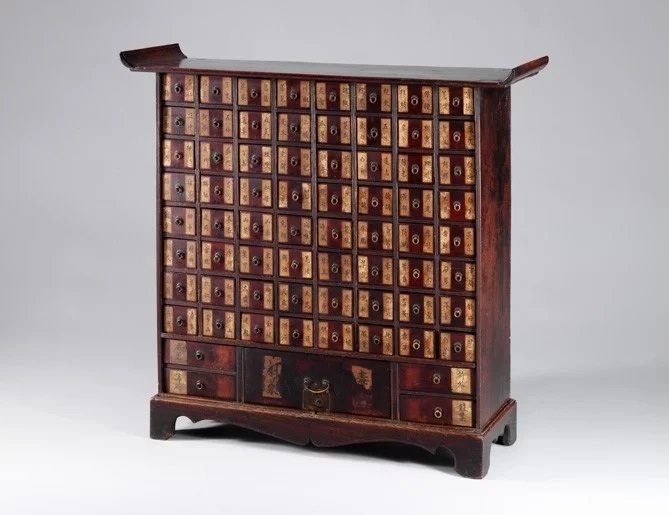
Collection: National Museum of Korea.
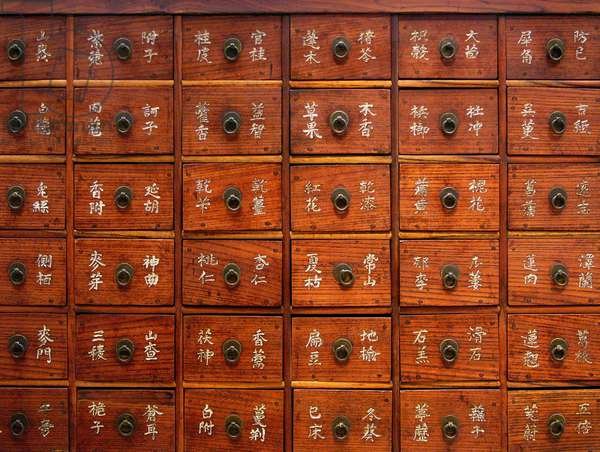
Kim Chong-hak Collection.
Photography, Seoul National Museum, Republic of Korea, 2006.
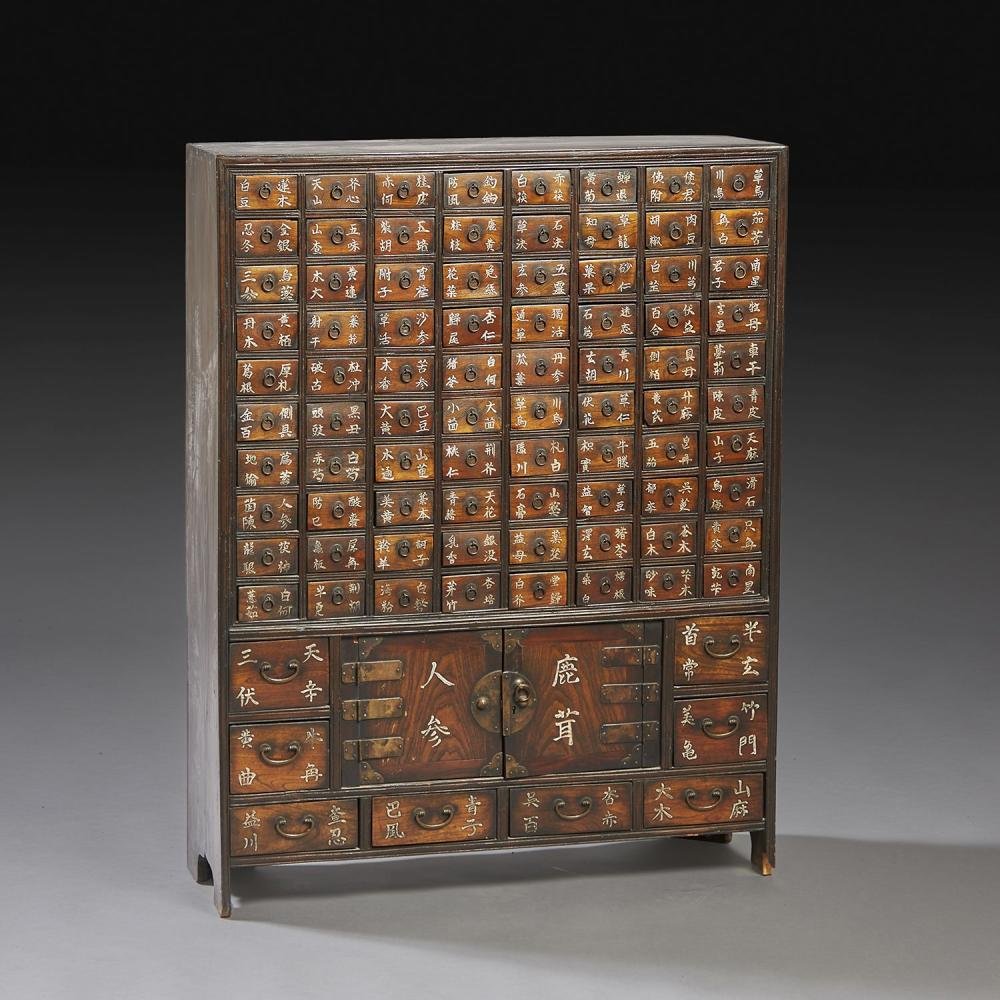

H. 109,5cm, W. 105,5cm, D. 32,5cm. .
Collection National Museum of Korea.
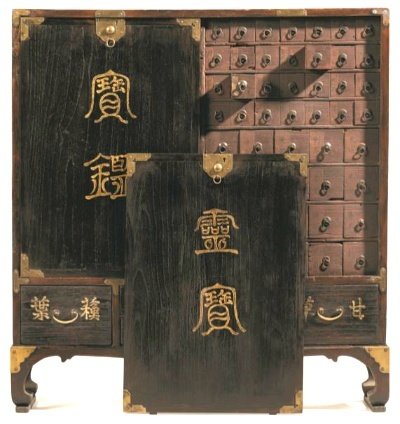
Two covers with the words ‘靈寶Yeongbo (excellent treasure)’ and ‘寶鑑Bogam (precious objects or books)’ written on the front are placed so that the covers can be opened and closed by lifting them up.
It seems that safety accidents were prevented by attaching a locking device so that hands could not touch the medicine cabinet.
Herbs such as licorice and ginseng were stored in large drawers on the first and second floors. Collection: Onyang Folk Museum
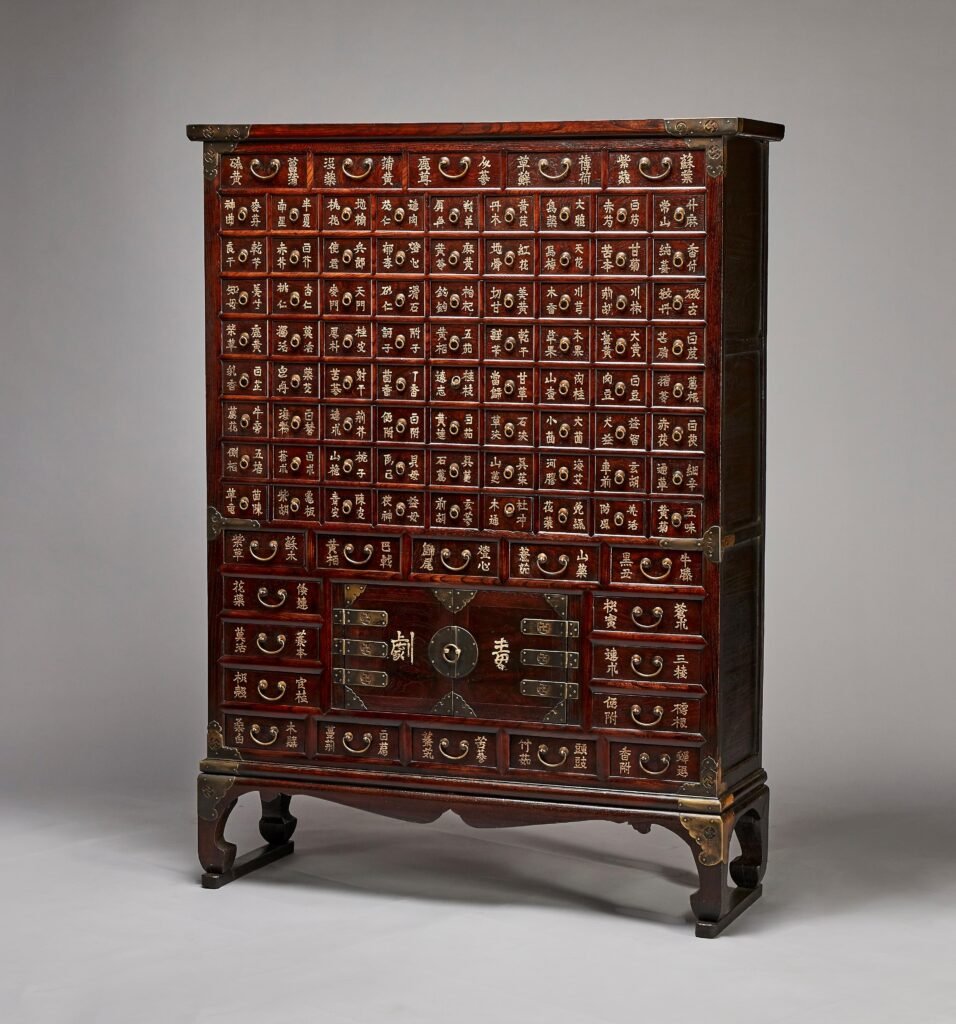
H. 103cm, W. 102cm, D. 25cm.
Collection: NAMGARAM MUSEUM. Jinju-si, Gyeongsangnam-do
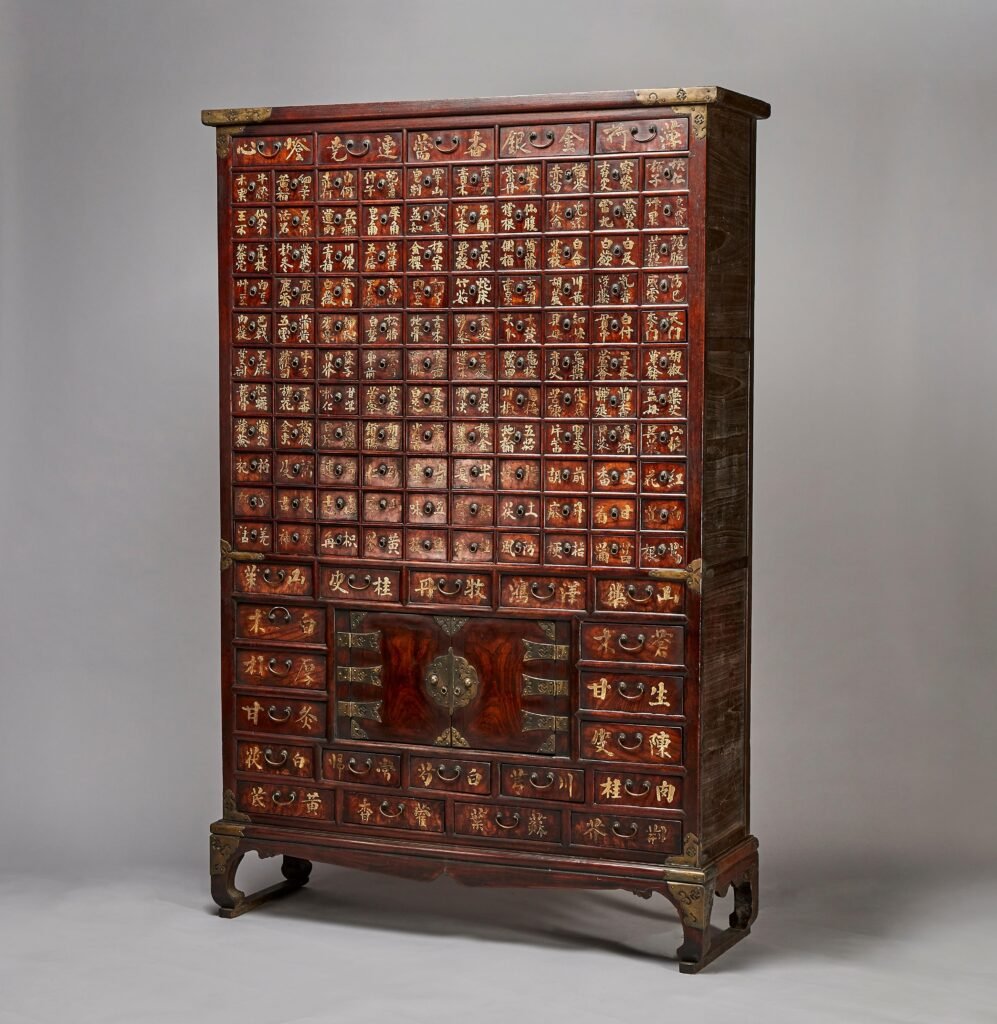
Collection: NAMGARAM MUSEUM. Jinju-si, Gyeongsangnam-do
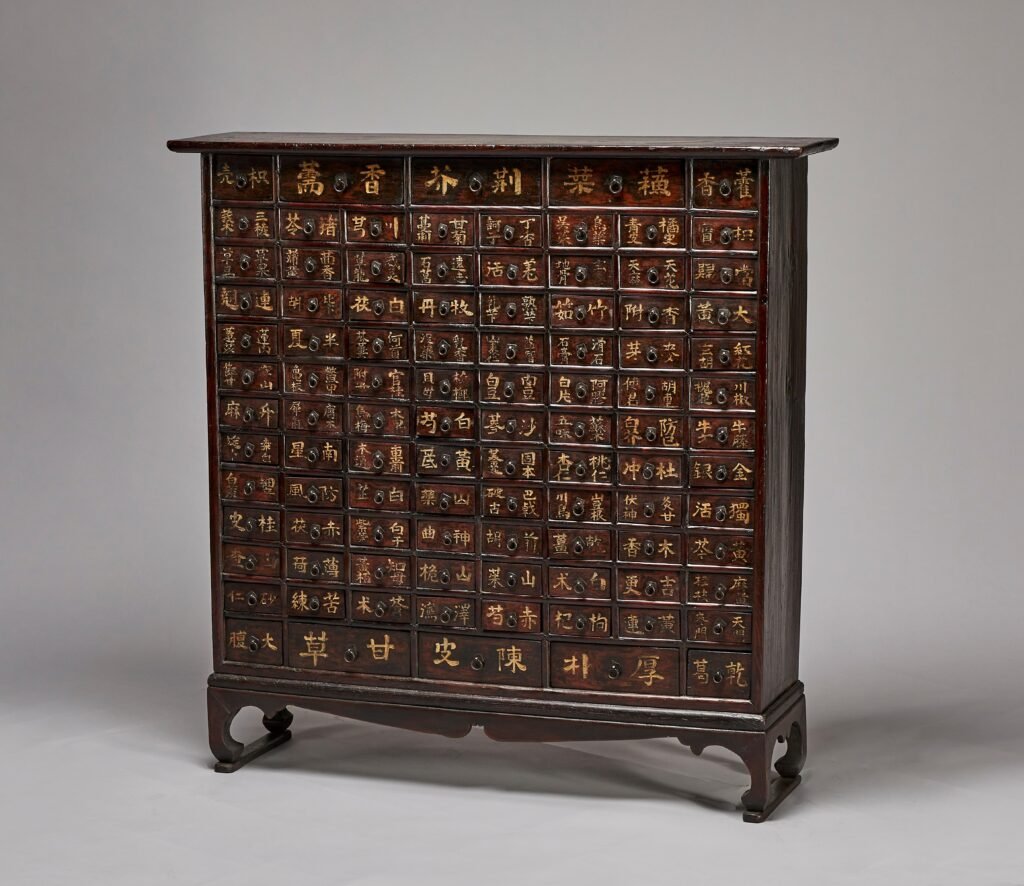
Collection: NAMGARAM MUSEUM. Jinju-si, Gyeongsangnam-do
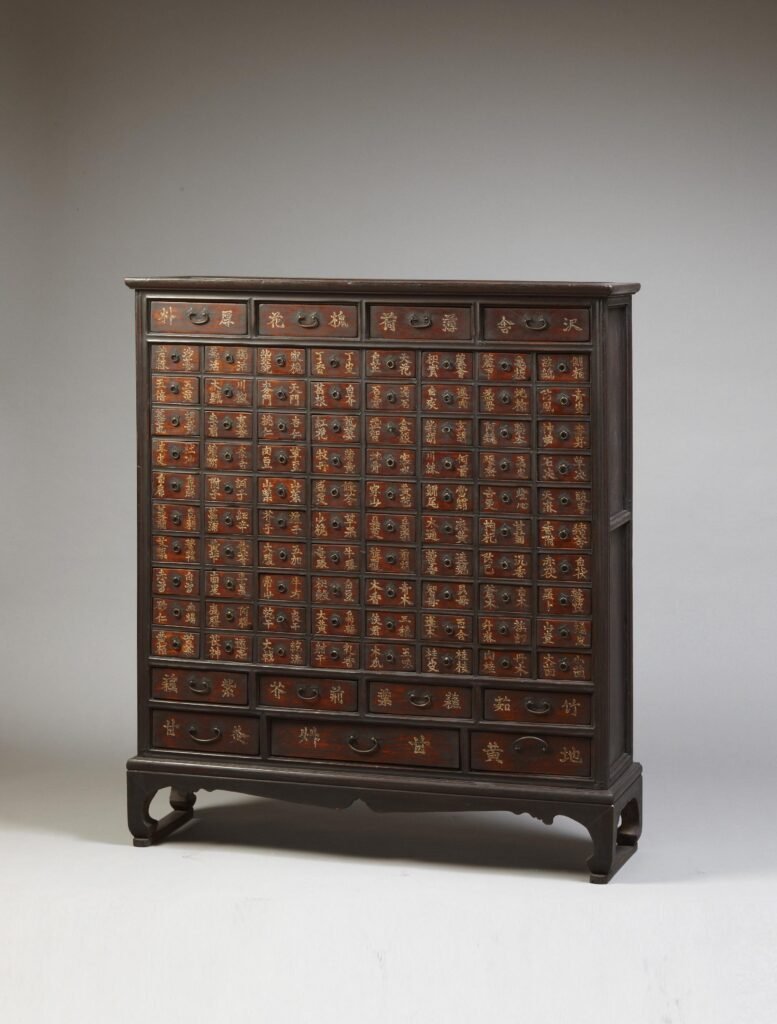
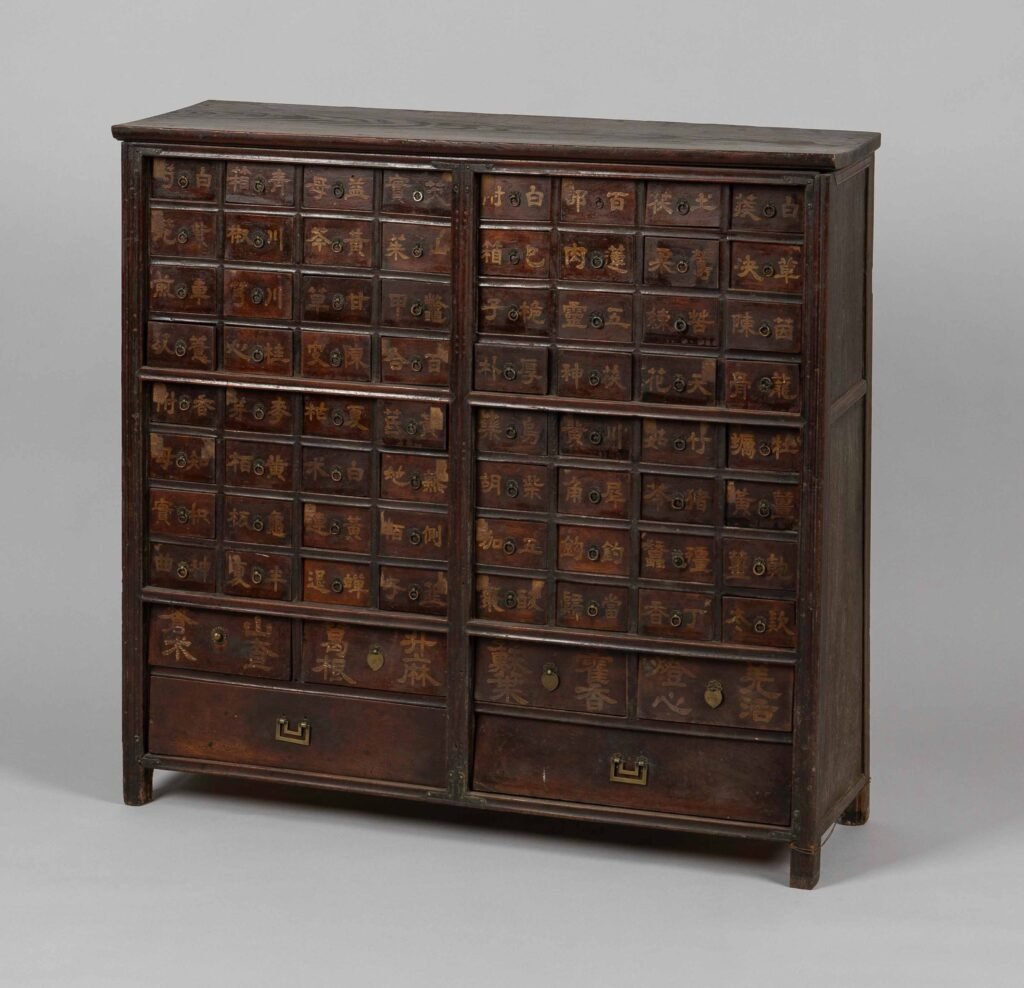
Collection: Korean-German Medicine Museum
H. 97,5cm, W. 92,5cm, D. 32,5cm. restored
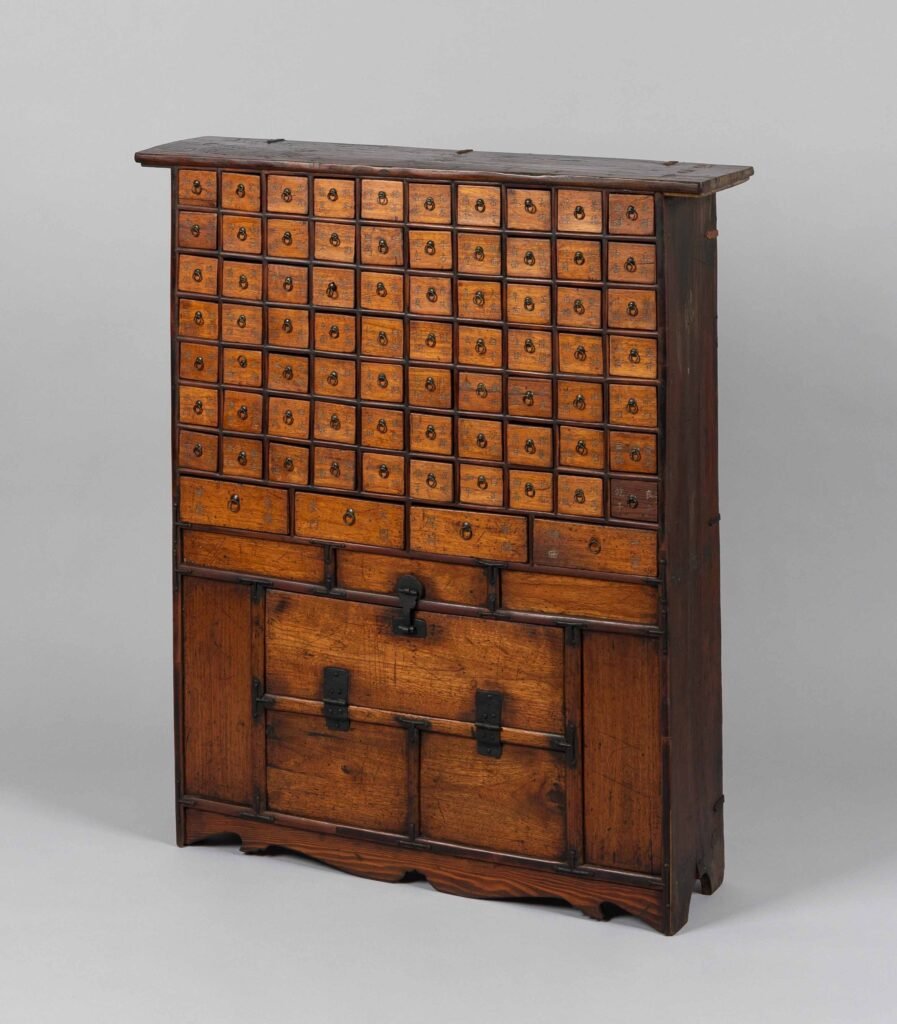
Collection: Korean-German Medicine Museum
H. 107,2cm, W. 94cm, D. 23,5cm.
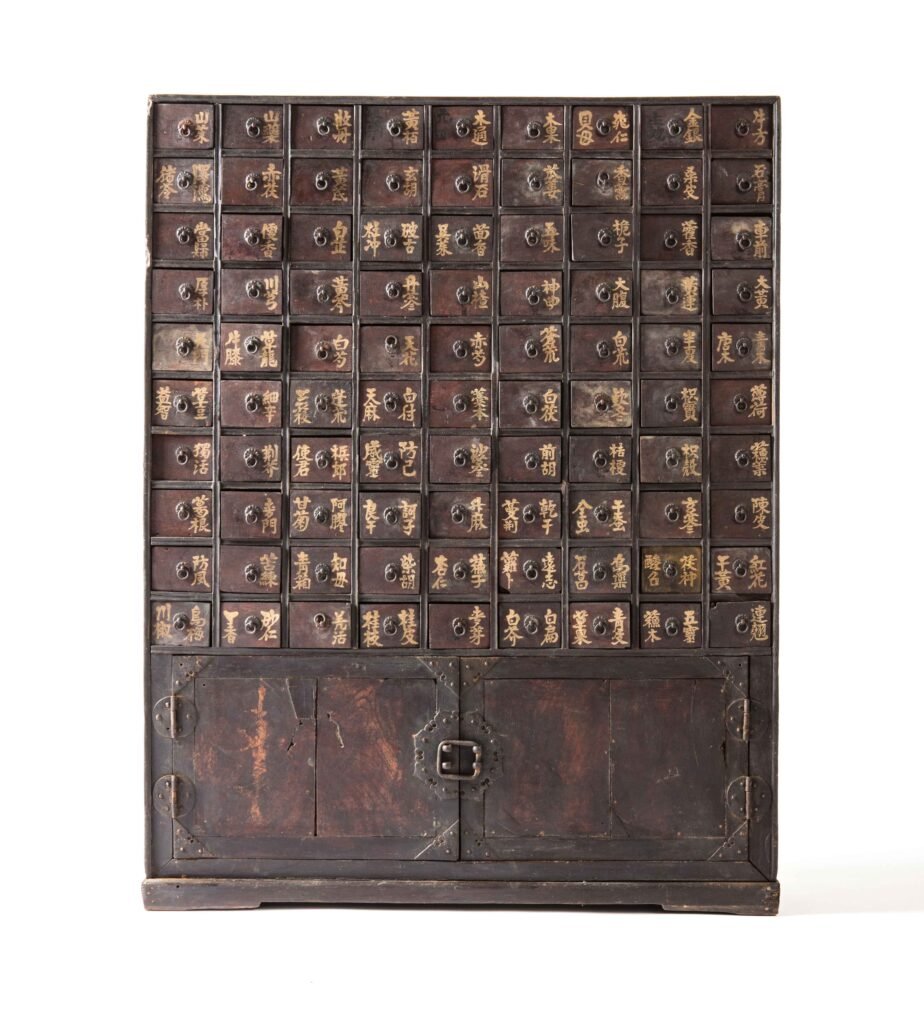
Collection: Korean-German Medicine Museum.
H. 107,5cm, W. 83,5cm, D. 22,4cm.
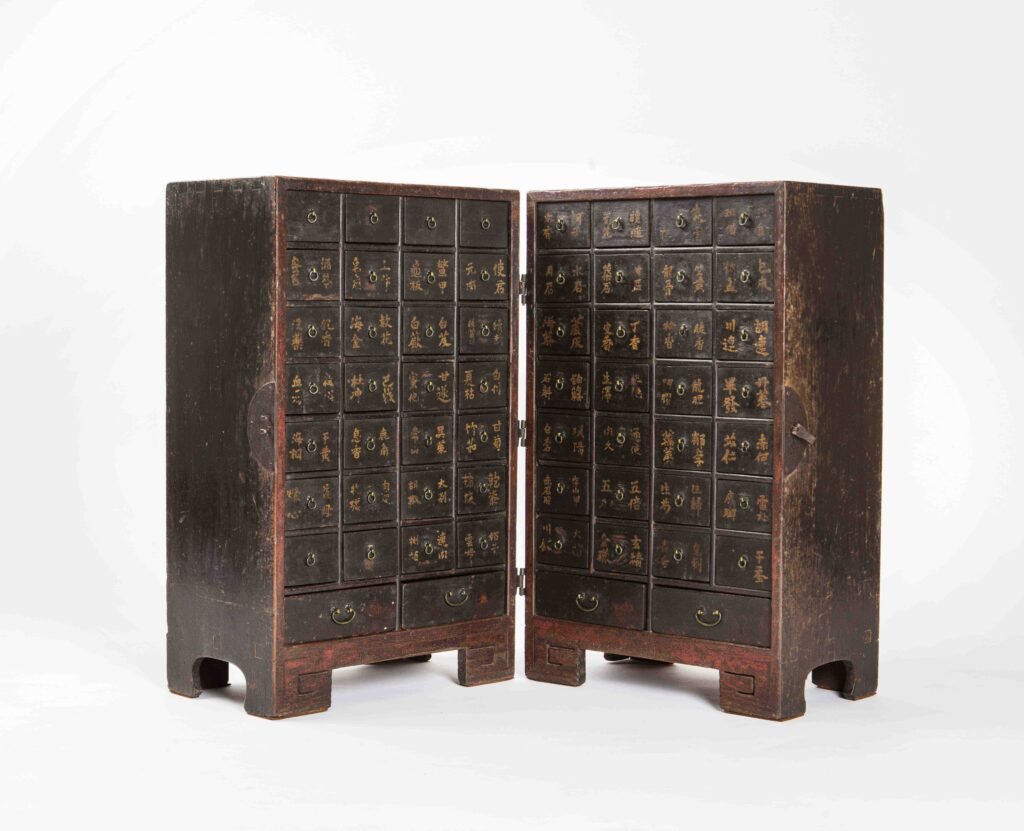
Collection: Korean-German Medicine Museum.
H. 71cm, W. 44cm, D. 25,4cm.
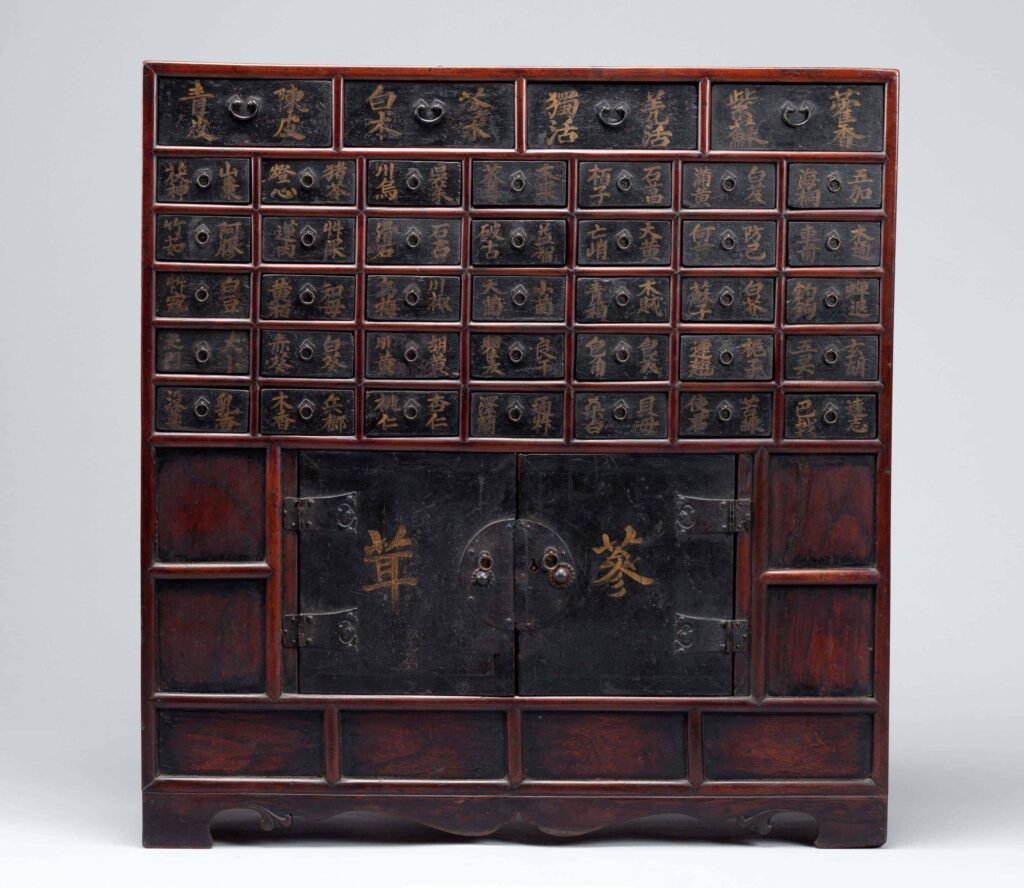
Collection: National Folk Museum, Seoul.

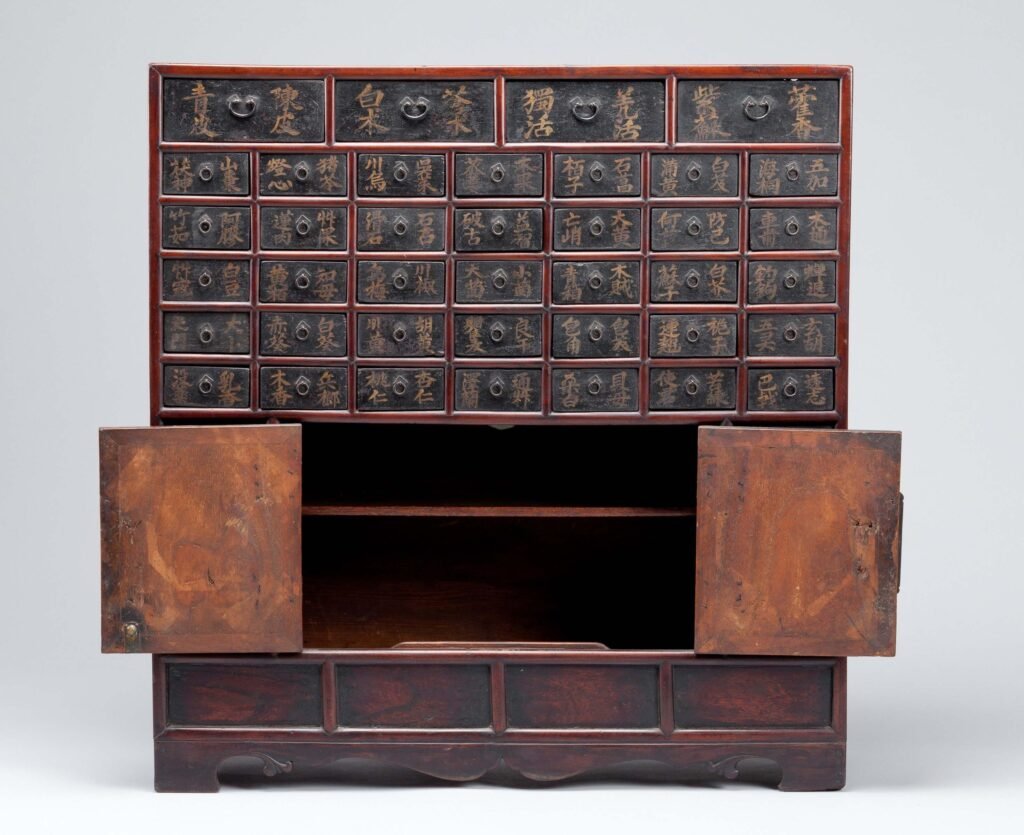
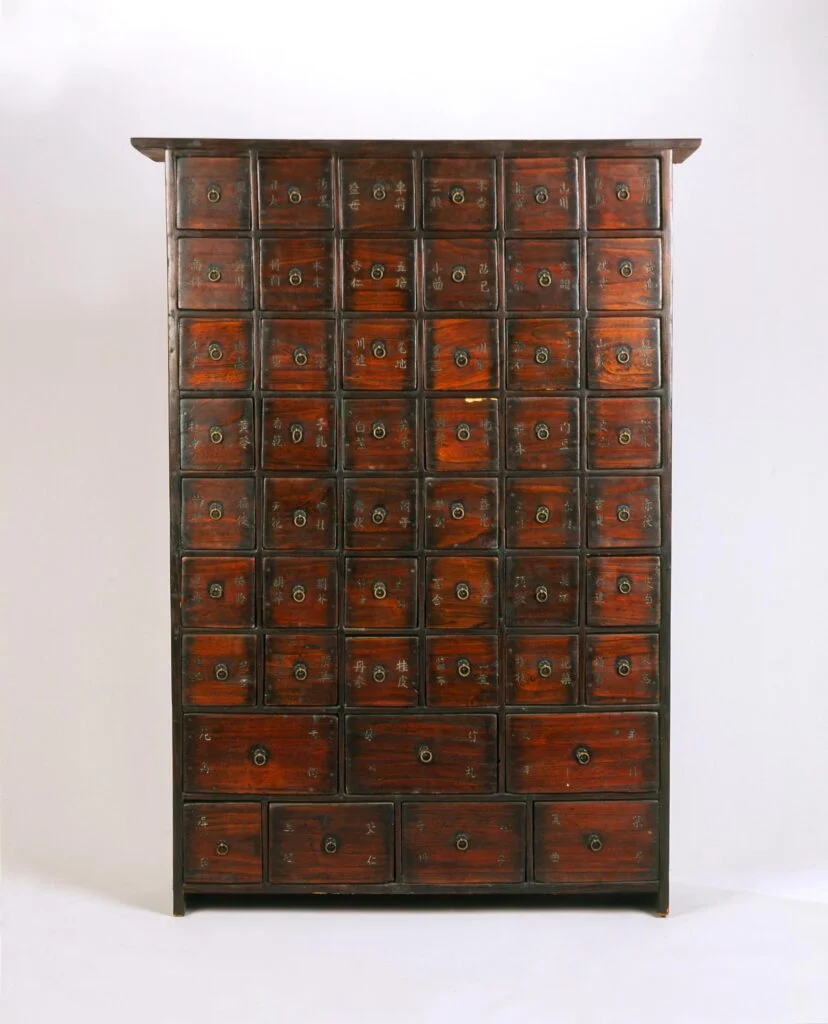
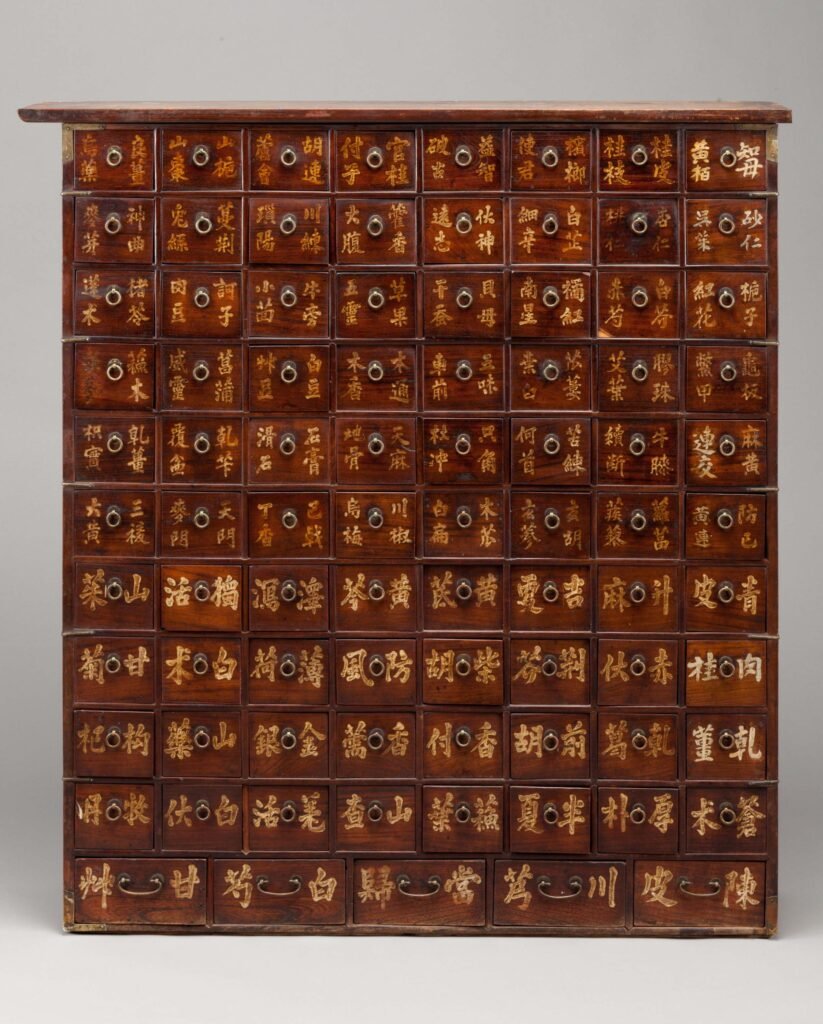
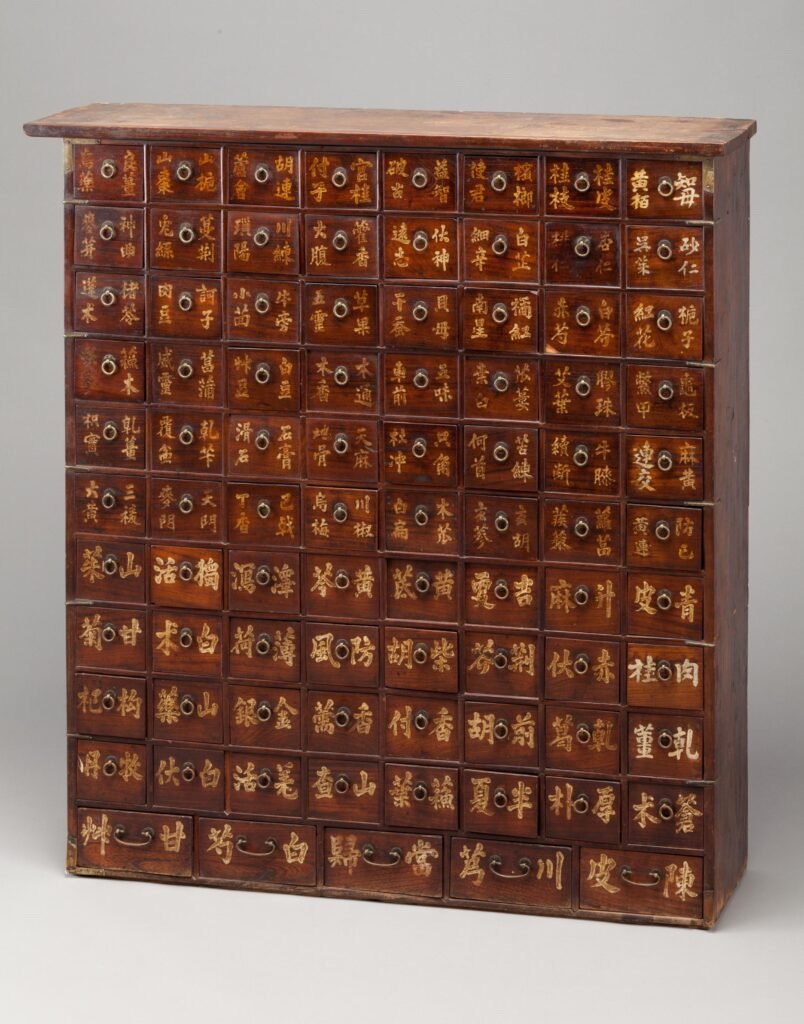
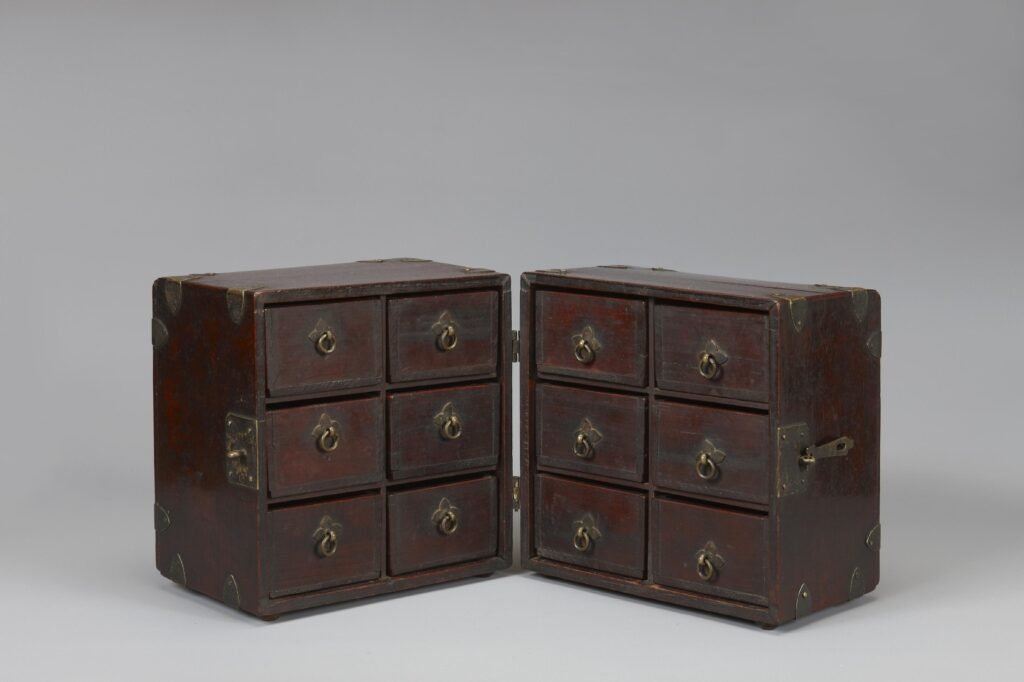
H. 21cm, W. 25cm, D. 20cm.
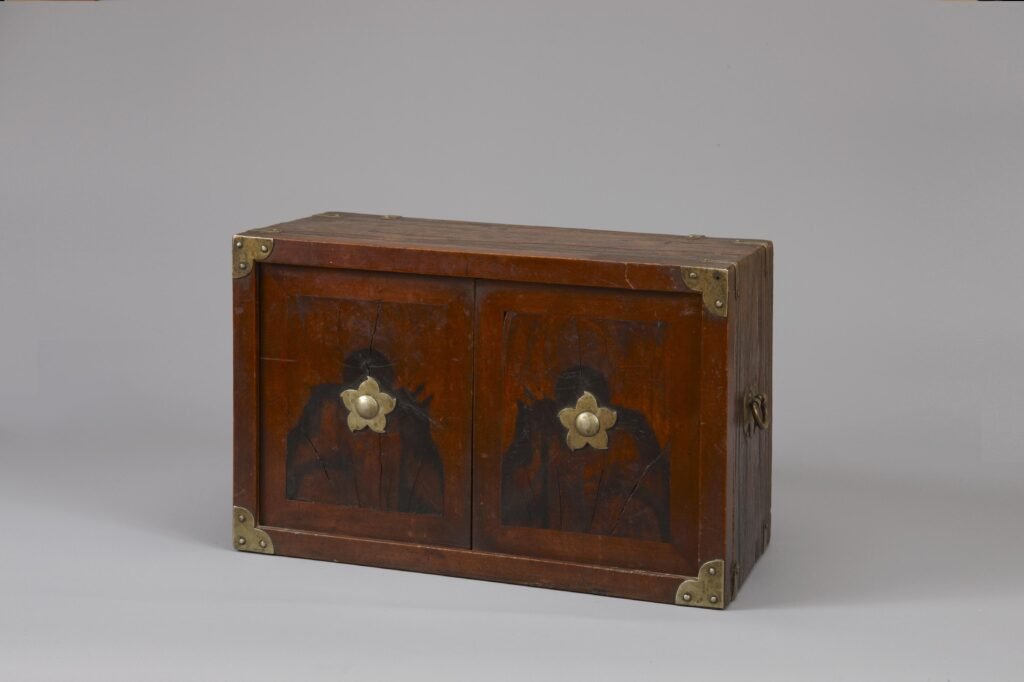
H. 22,8cm, W. 35,5cm, D. 17,3cm.

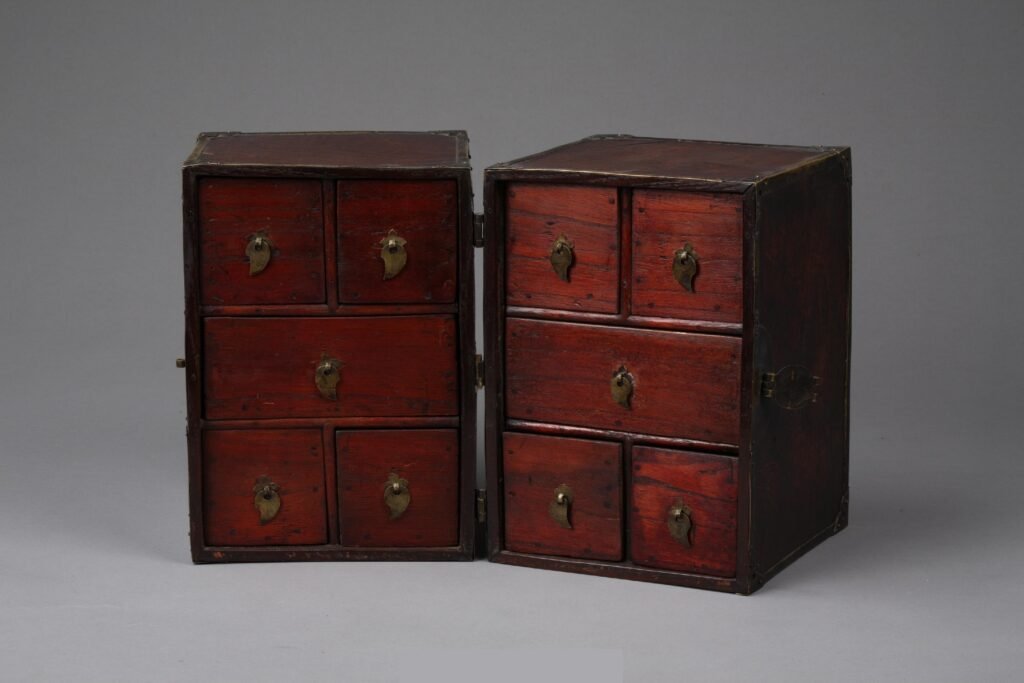
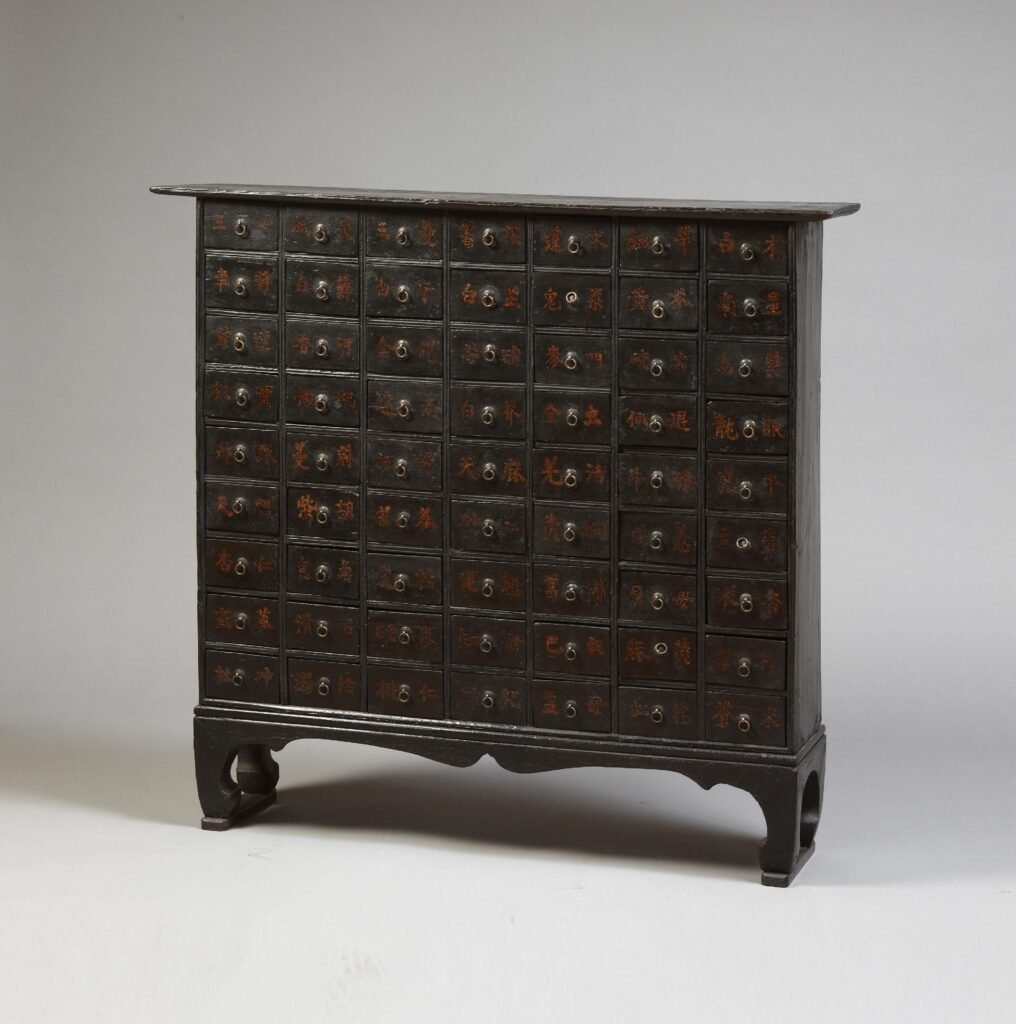
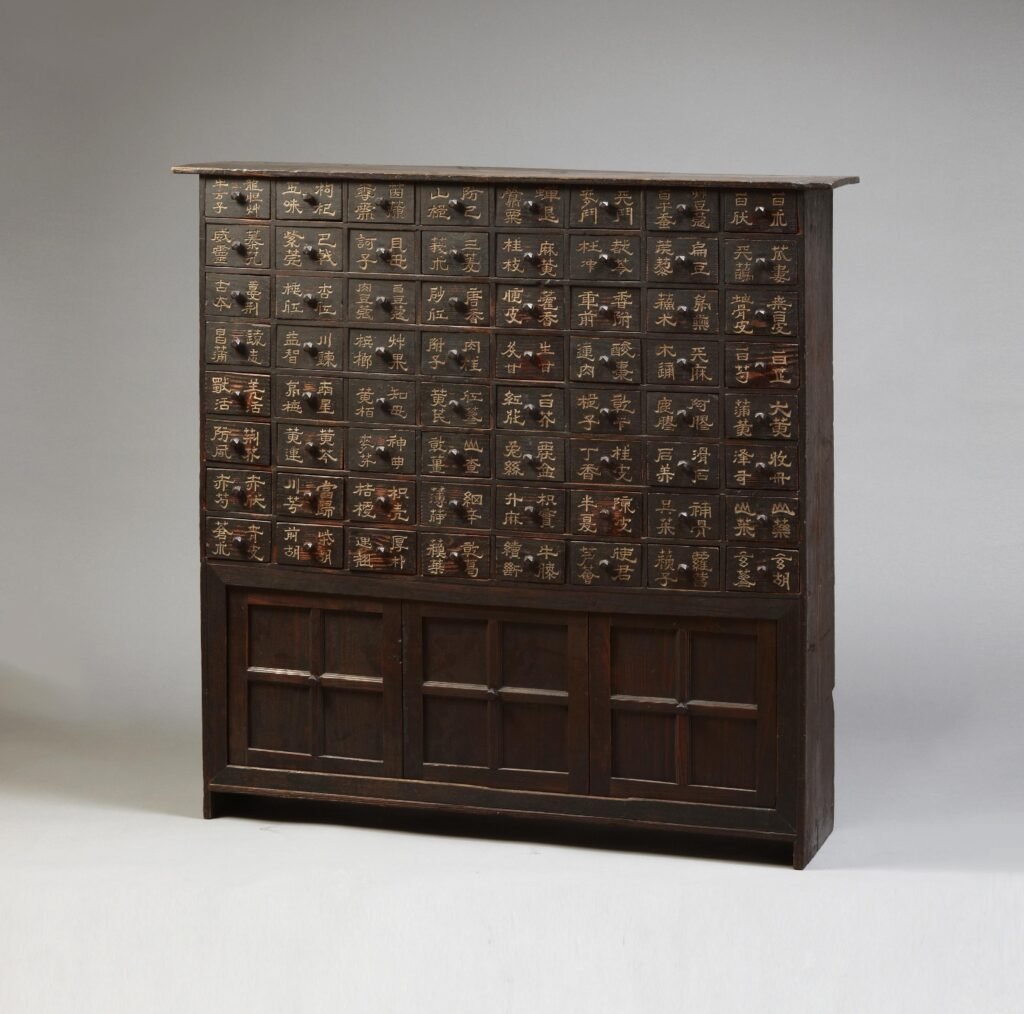
Collection: Heojun Museum, Korea.
H. 104cm, W. 145cm, D. 27,5cm.
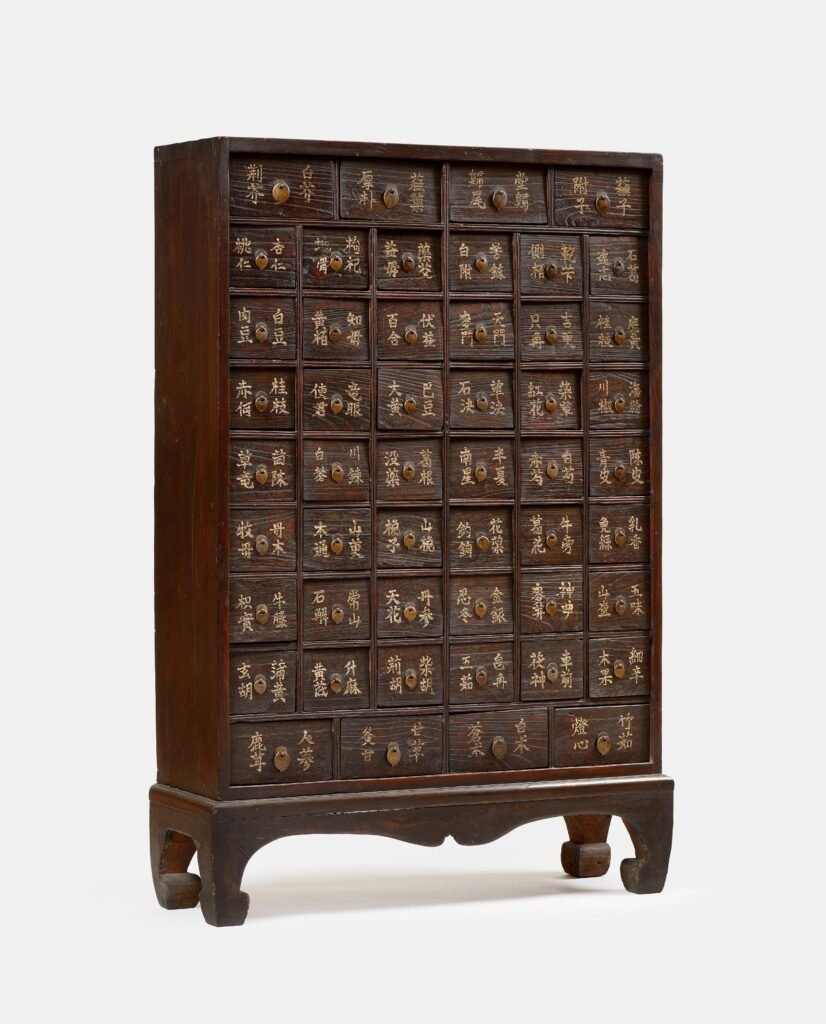
Collection: Heojun Museum, Korea.
H. 105cm, W. 67,5cm, D. 21cm.
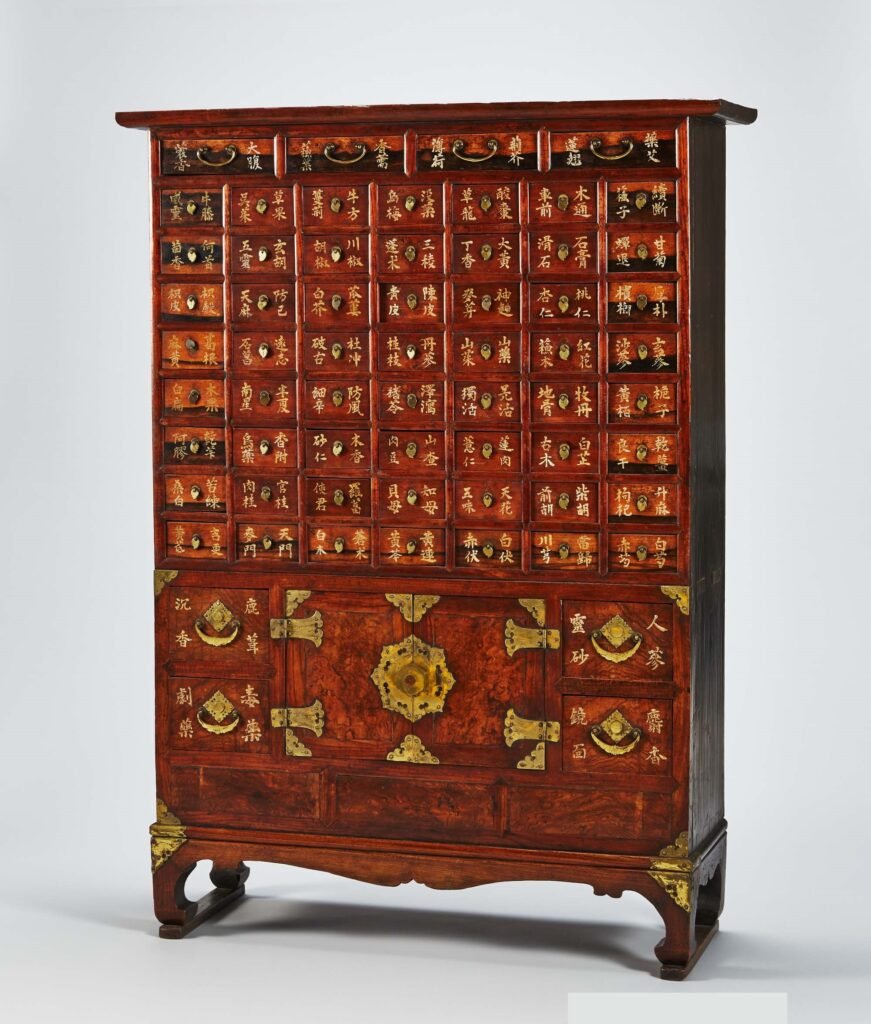

Collection: National Folk Museum of Korea.
H. 68cm, W. 85cm, D. 29cm.
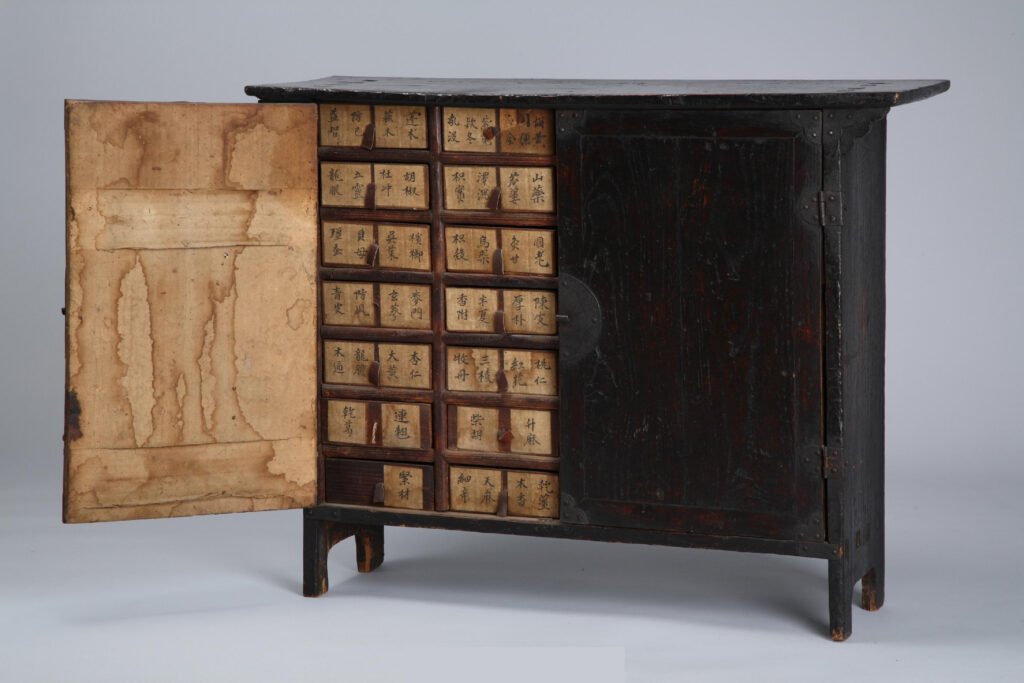
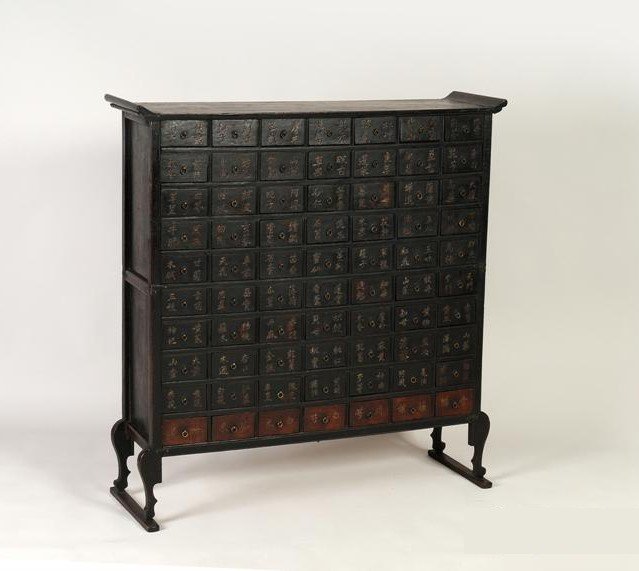
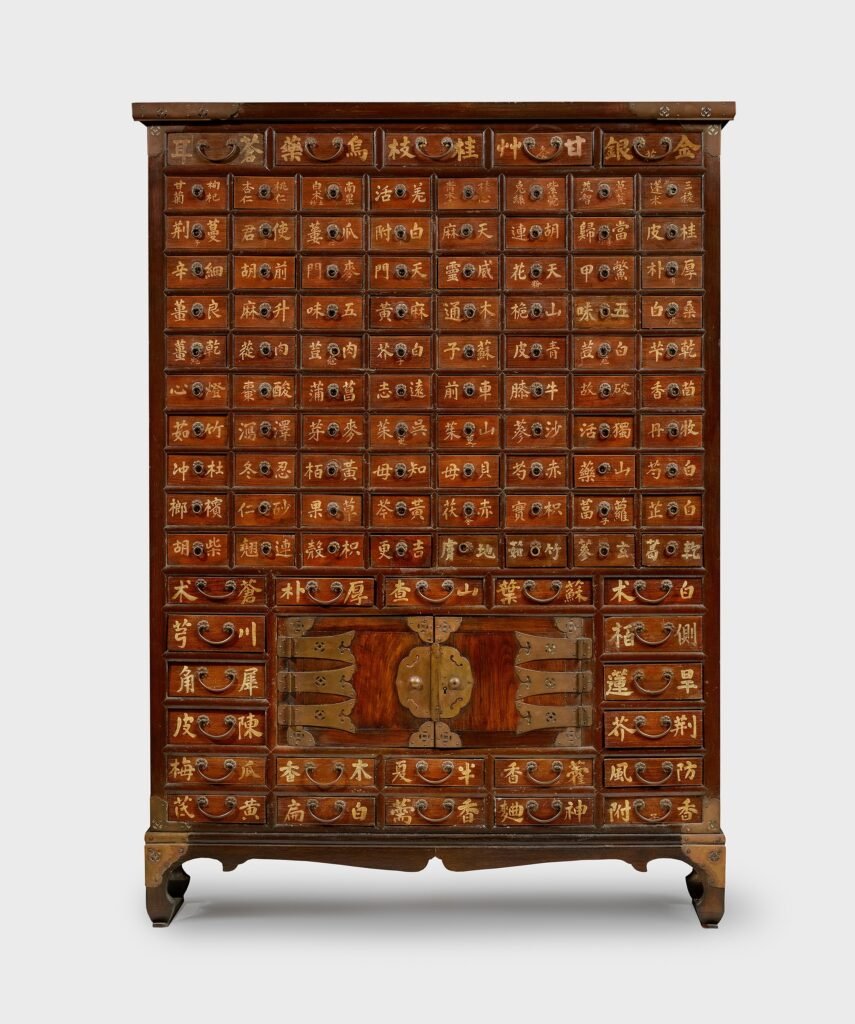
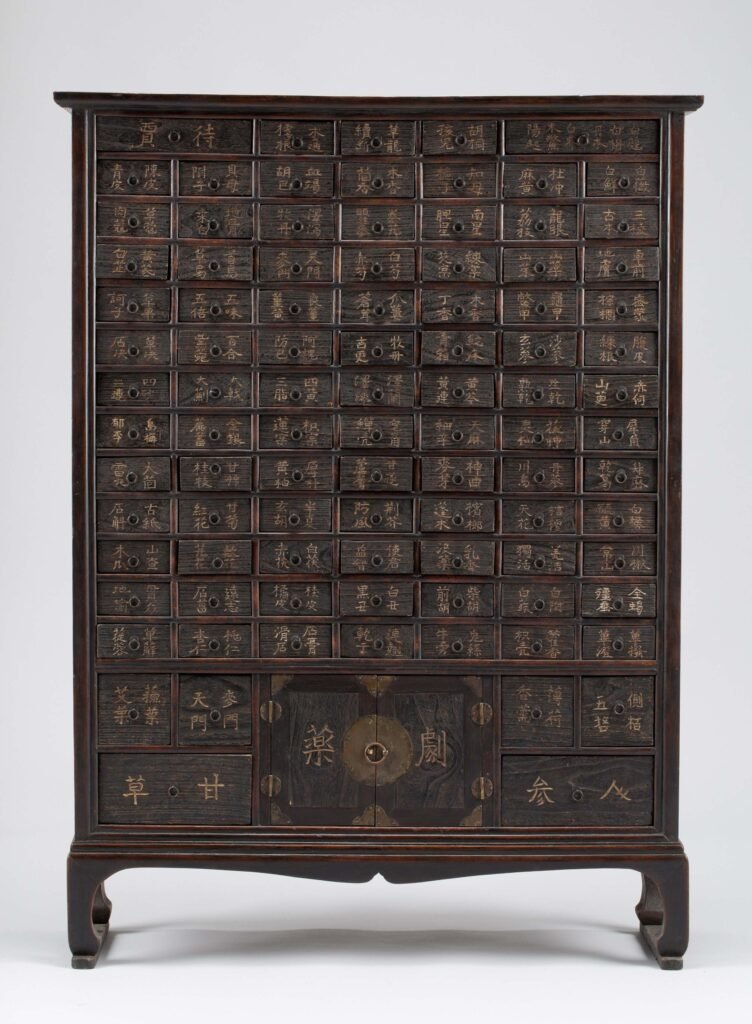
Collection: National Folk Museum, Seoul.
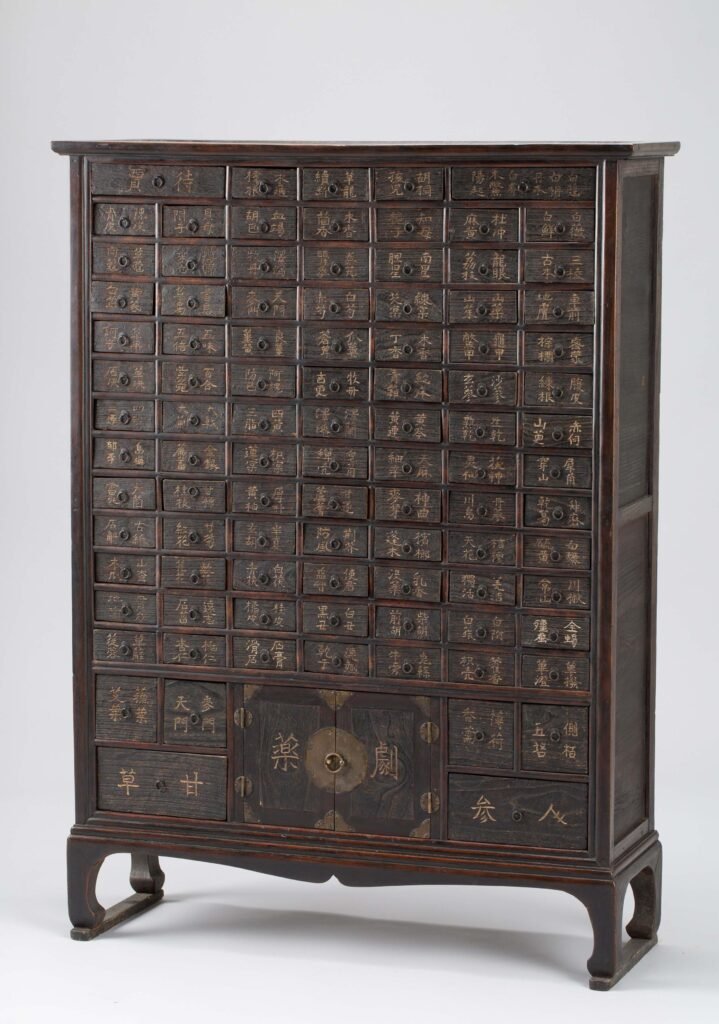
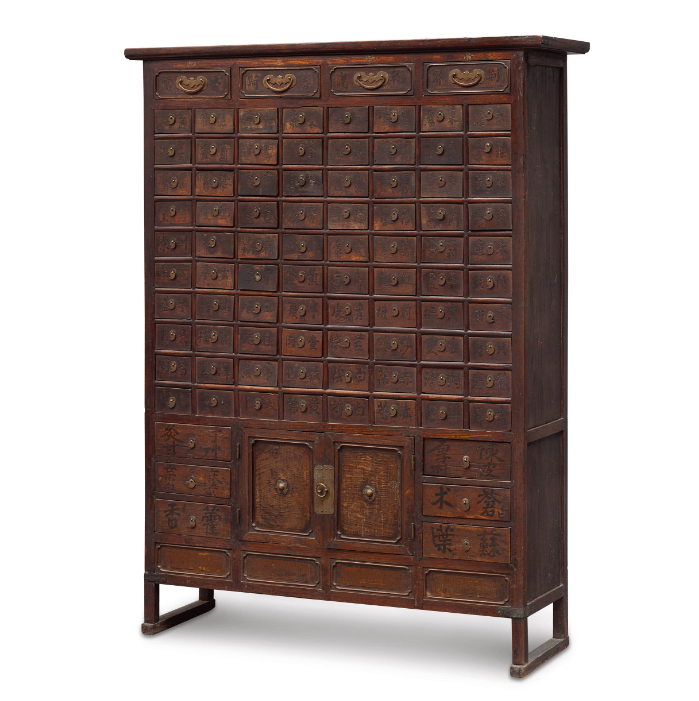
H. 135cm, W. 101cm, D. 31cm. K Auction. June Auction. June 26, 2024.
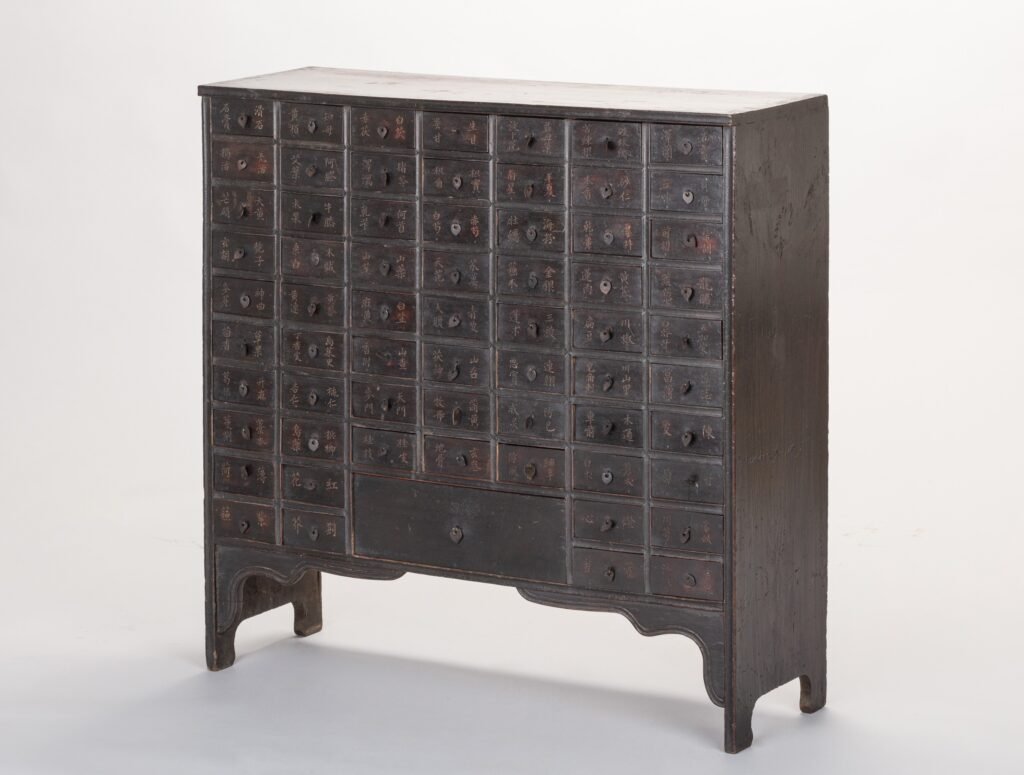
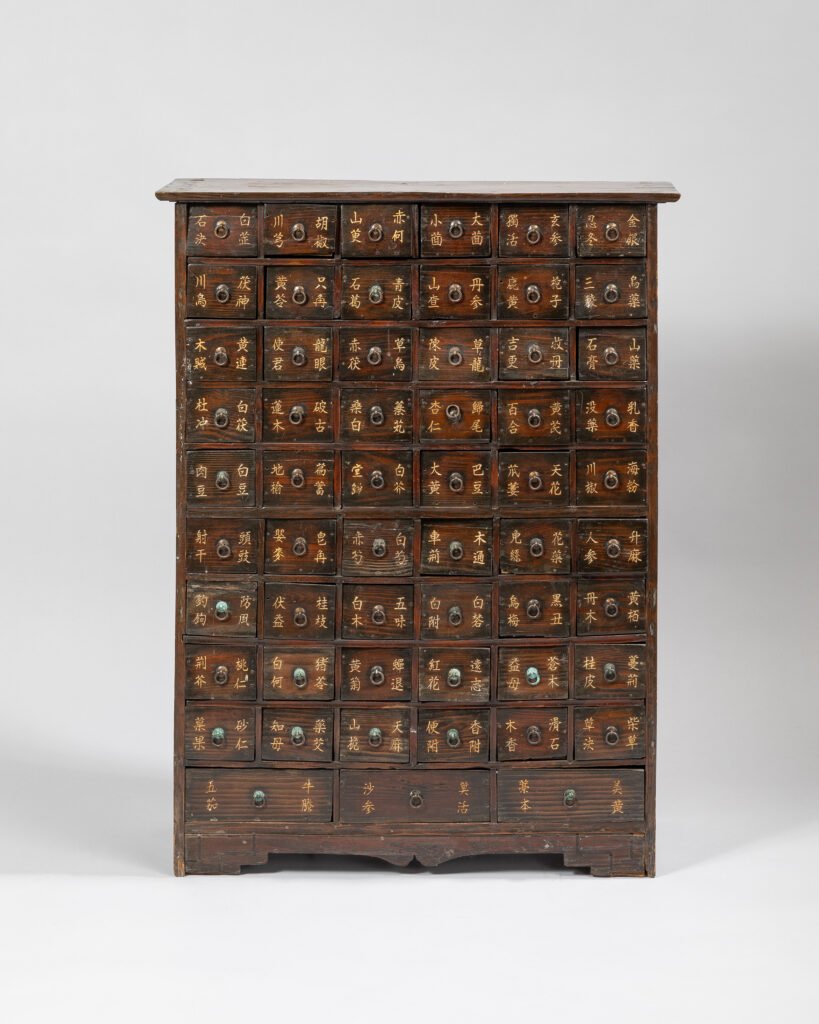
In North-East Asia, the medicine chest is probably the easiest piece of furniture to identify because of its design with a multitude of small drawers covering its entire front part. However, when it comes to identifying its real origin (location between the three main countries, China, Japan, Korea), many of us remain confused.
This is mainly due to the fact that the general design of the furniture, due to its function, is very similar between the three countries as well as the fact that each drawer is covered with signs in Chinese calligraphy corresponding to the names of the products stored.
In Korea, Although a phonetic Hangul, had been created by Sejong the Great (1418-1450), it did not come into widespread official use until the late 19th and early 20th centuries and was used in education, and publications during the Joseon dynasty. For the traditional creative arts such as calligraphy and painting, knowledge of Hanja was needed to write and understand the various scripts and inscriptions, as is the same in China and Japan. Many old songs and poems were written and based on Hanja characters.
Therefore, Chinese Characters were widely used in three cultures, in Chinese they are called Hanzi, in Japanese Kanji (漢字), and in Korean Hanja (한자, 漢字).
However, a closer examination, reveals some differences in design between those three countries. I want to make it clear that this is not a general rule. There are exceptions and designs that are similar between these three countries especially those regarding the drawers shapes. However, these remarks are based on the examination of many pieces over several years
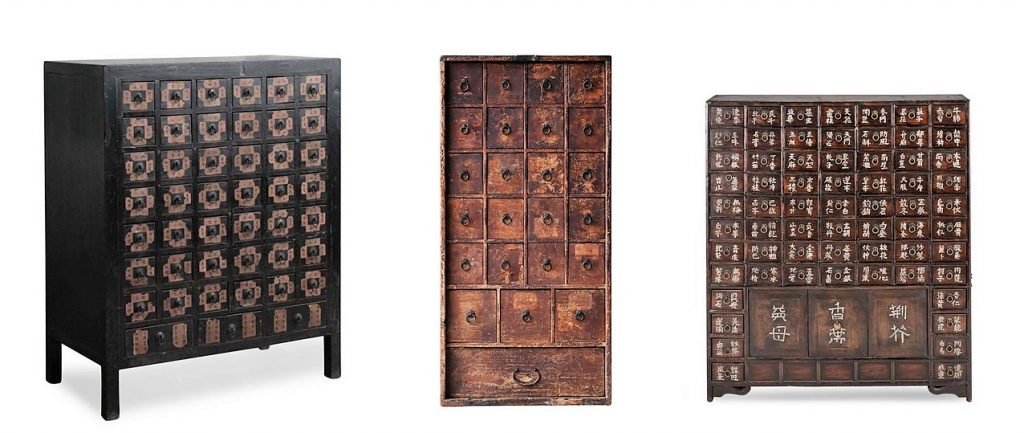
In China, the furniture was very solid, built with thick wooden posts. The frame of the furniture, clearly visible on the top and sides, which ended with the feet (straight feet), was several centimeters thick (7 to 8cm). In most cases, the drawers were square-shaped (same height as length) and the chests were quite deep (50-60cm). Elm & pine woods were used to build such chests.
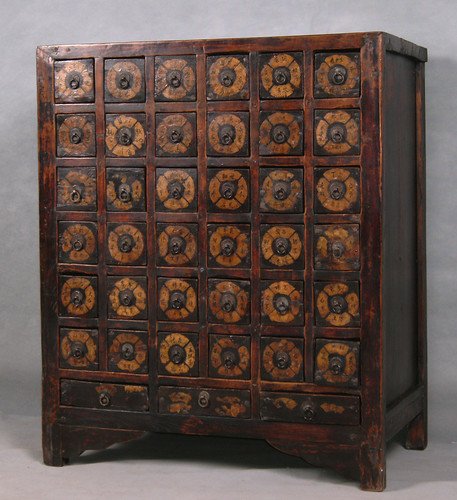
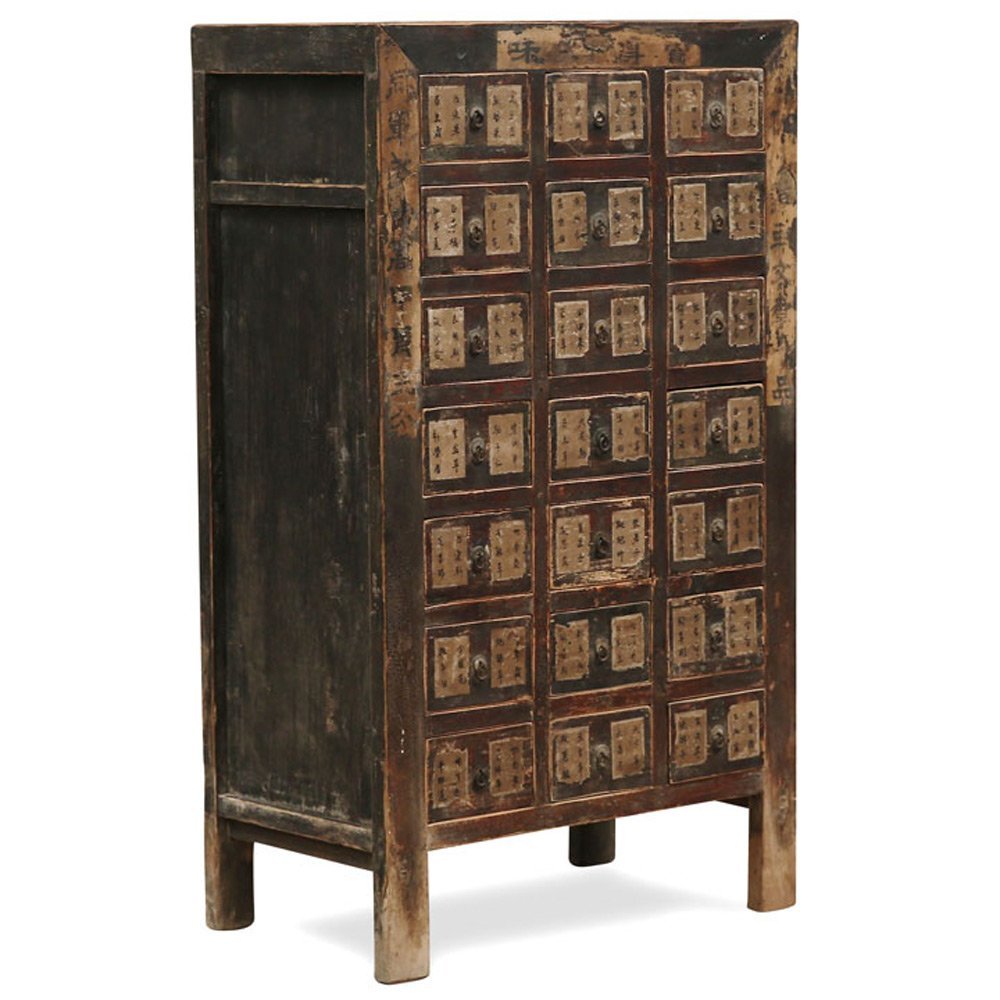
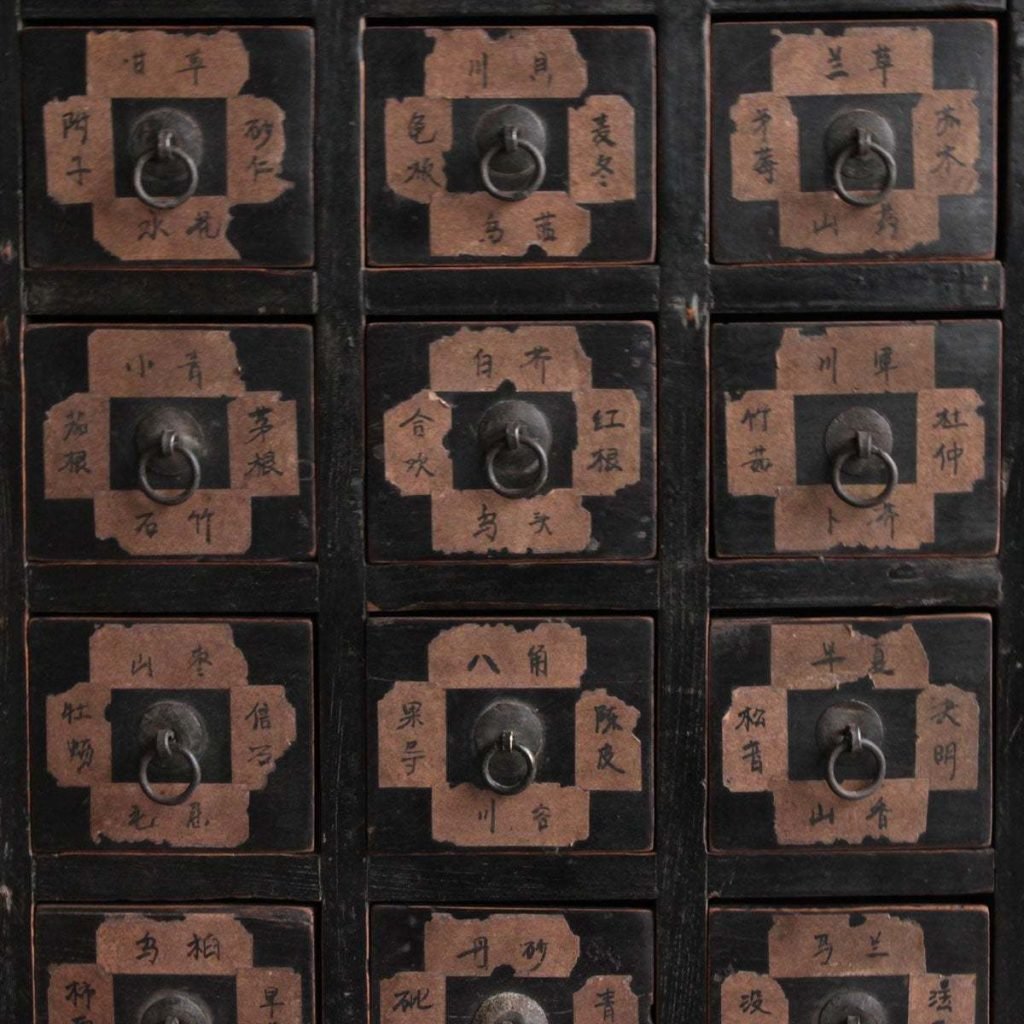
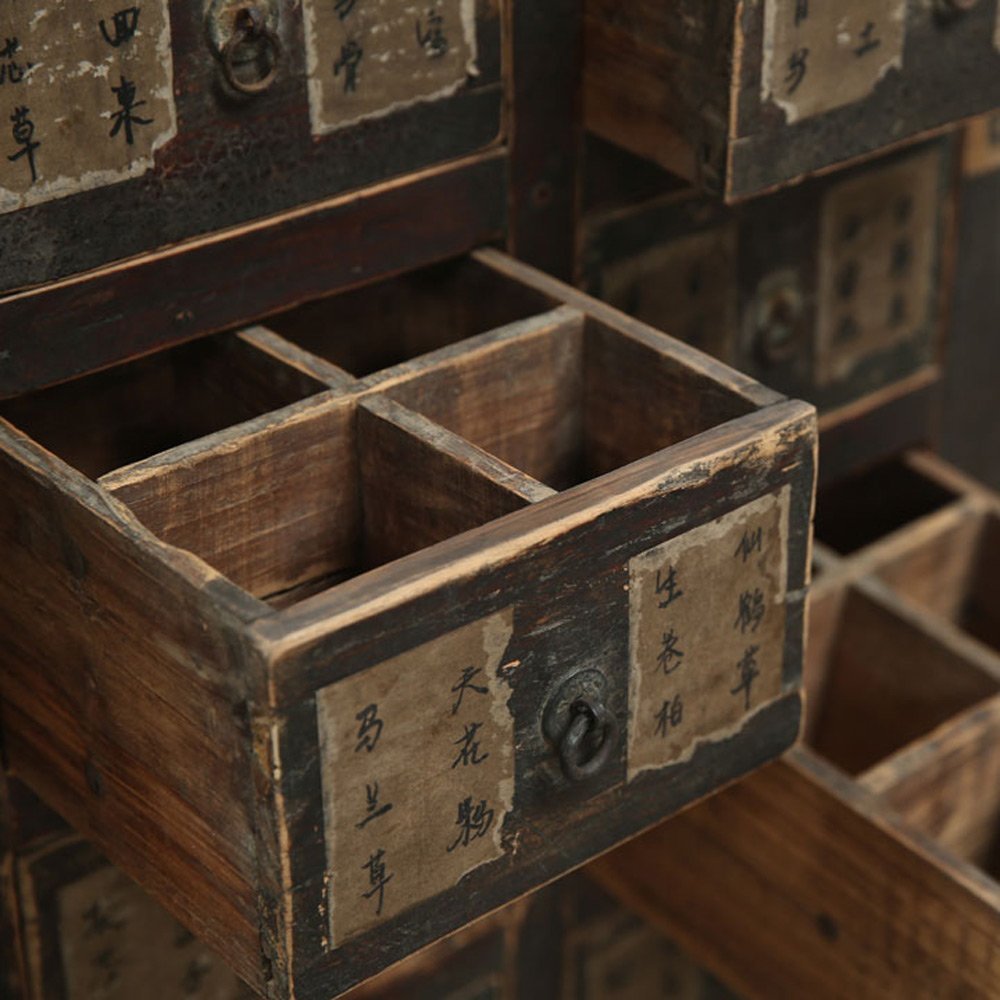
In Japan, the furniture was of a smaller size. Built with thinner panels, it was composed of a series of square drawers of various sizes, small on the top and relatively long at the bottom. Without feet, the medicine chest rested directly on the floor and was typically shallow (30-35cm).
Paulownia wood was preferred due to its lightweight and insect-repellent properties.
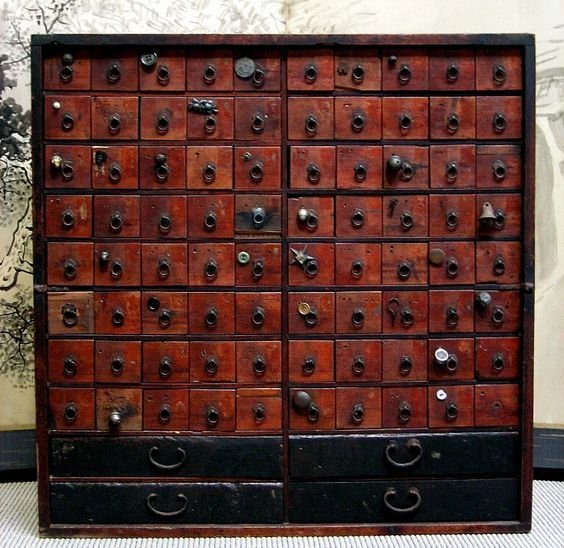
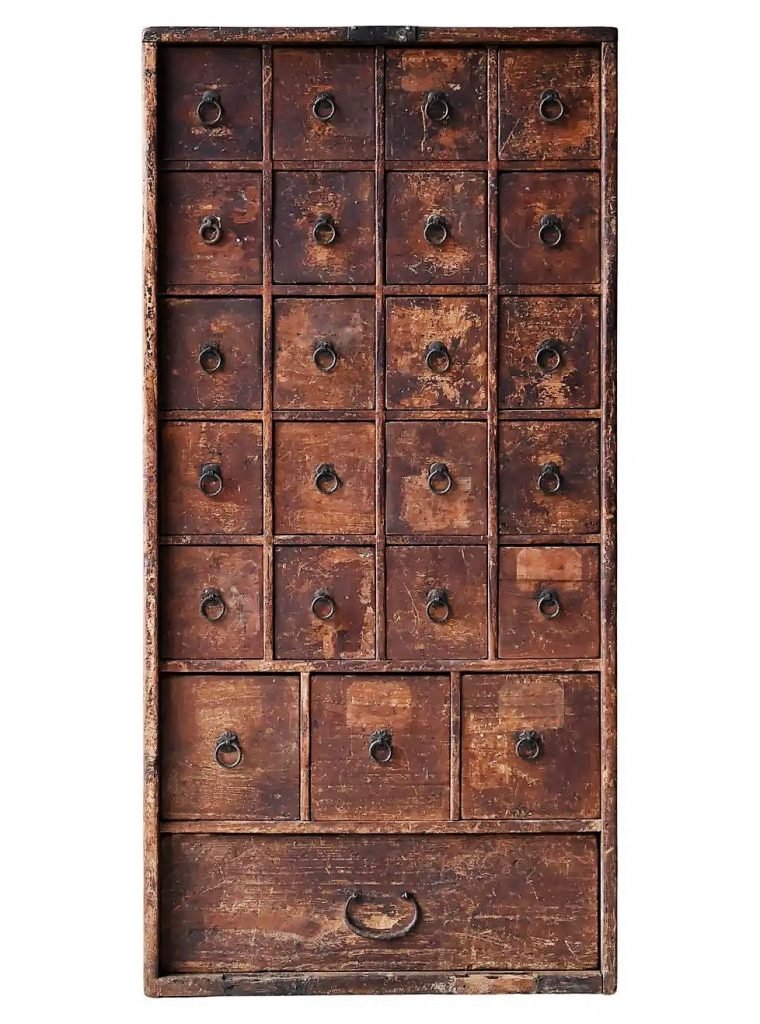
As far as its construction is concerned, the Korean medicine chest, like the Japanese, was built with thinner framed wooden panels that formed its skeleton. Pinewood was used for the structure, elm for the front of the drawers, and paulownia for the inside drawers. It was high on cabriole-shaped legs and sometimes even carved. The top panel was often longer than the width of the cabinet and its edges could be raised.
In general, unlike the Chinese chest, the drawers were often rectangular in shape. The furniture also had a space at the bottom closed by doors, used for storage of expensive or simply toxic products.
.

